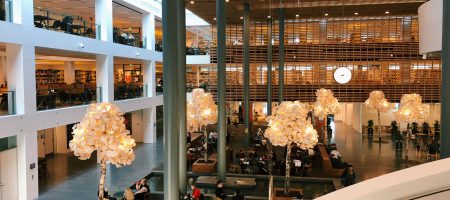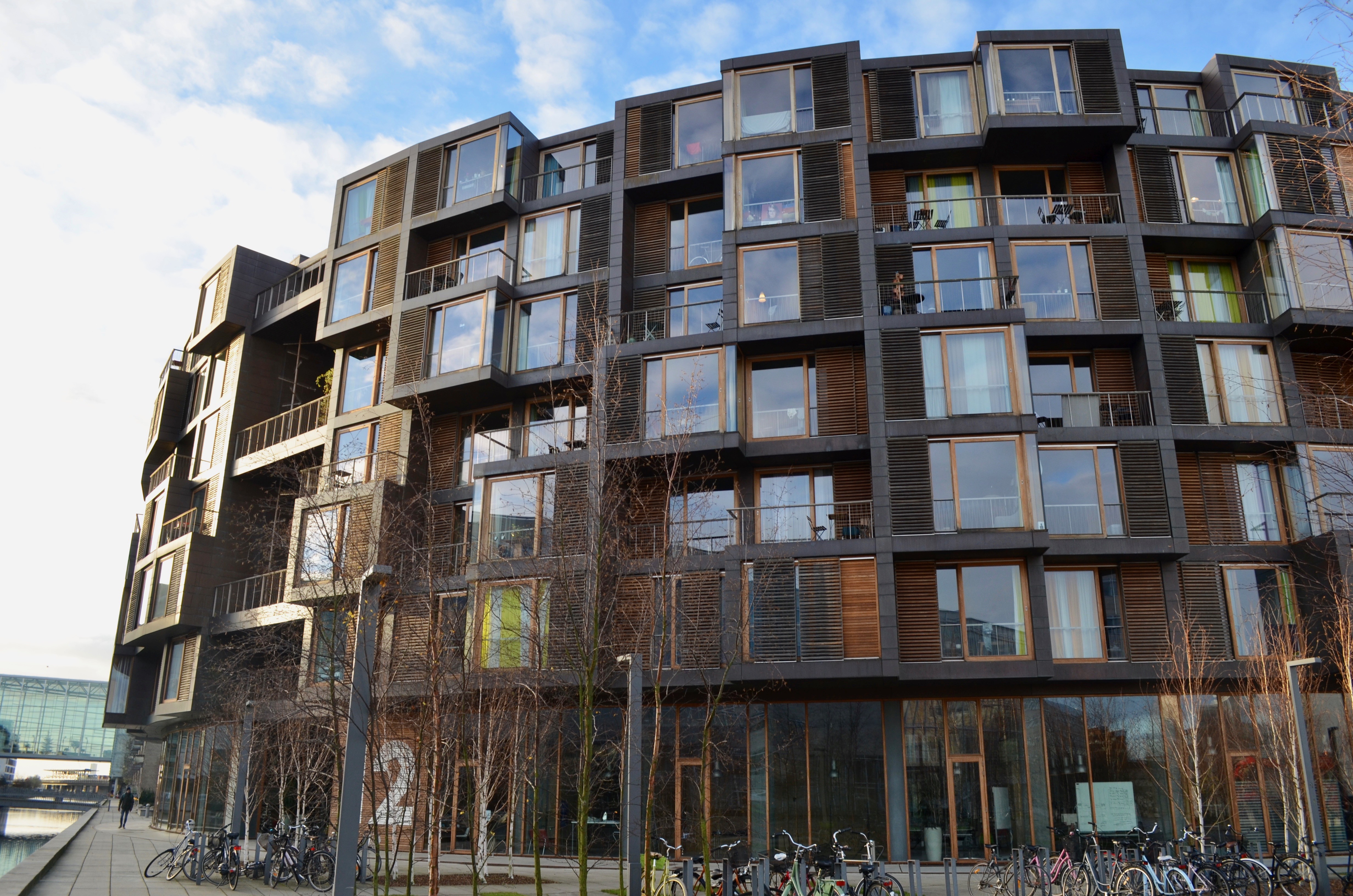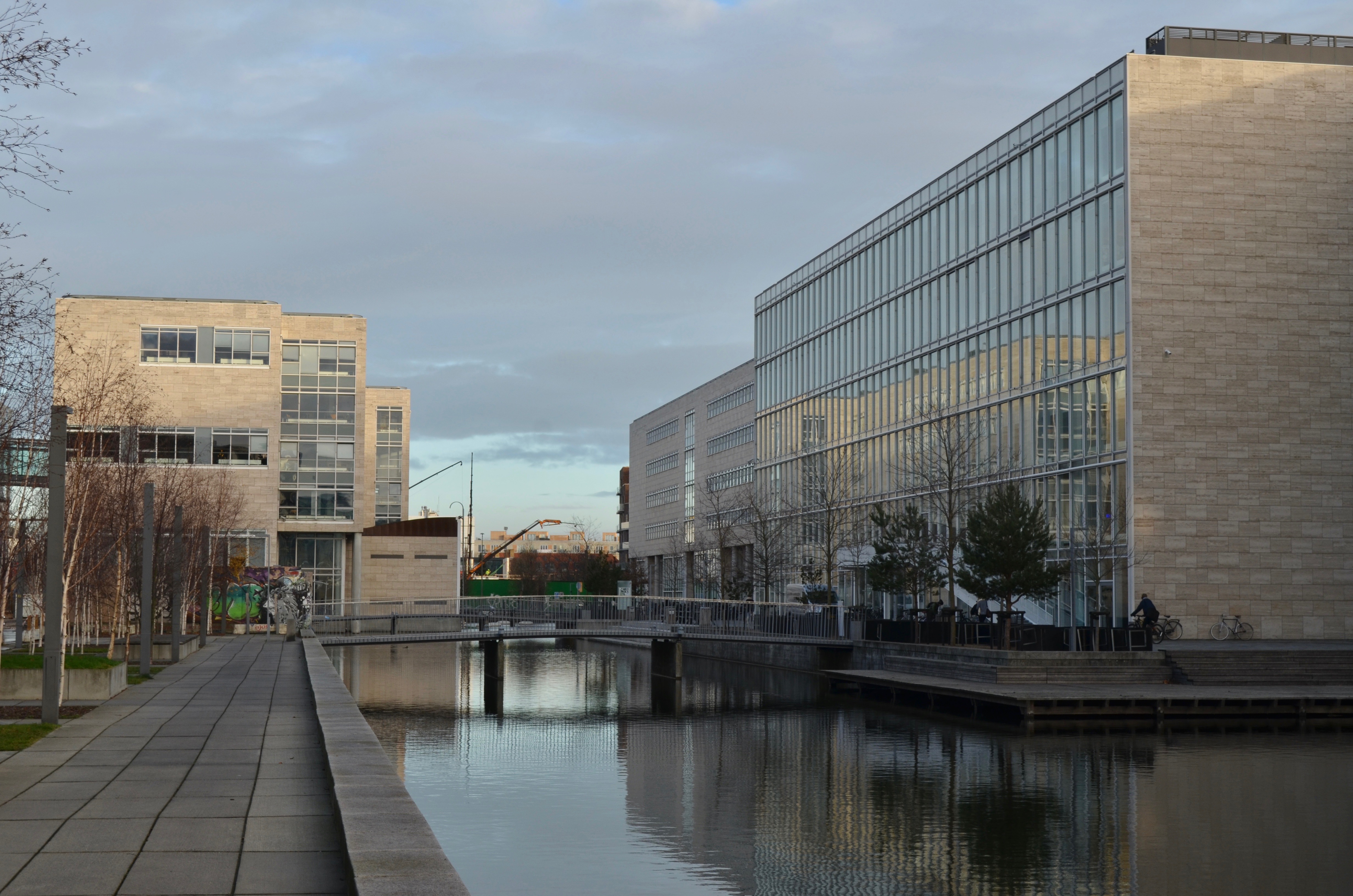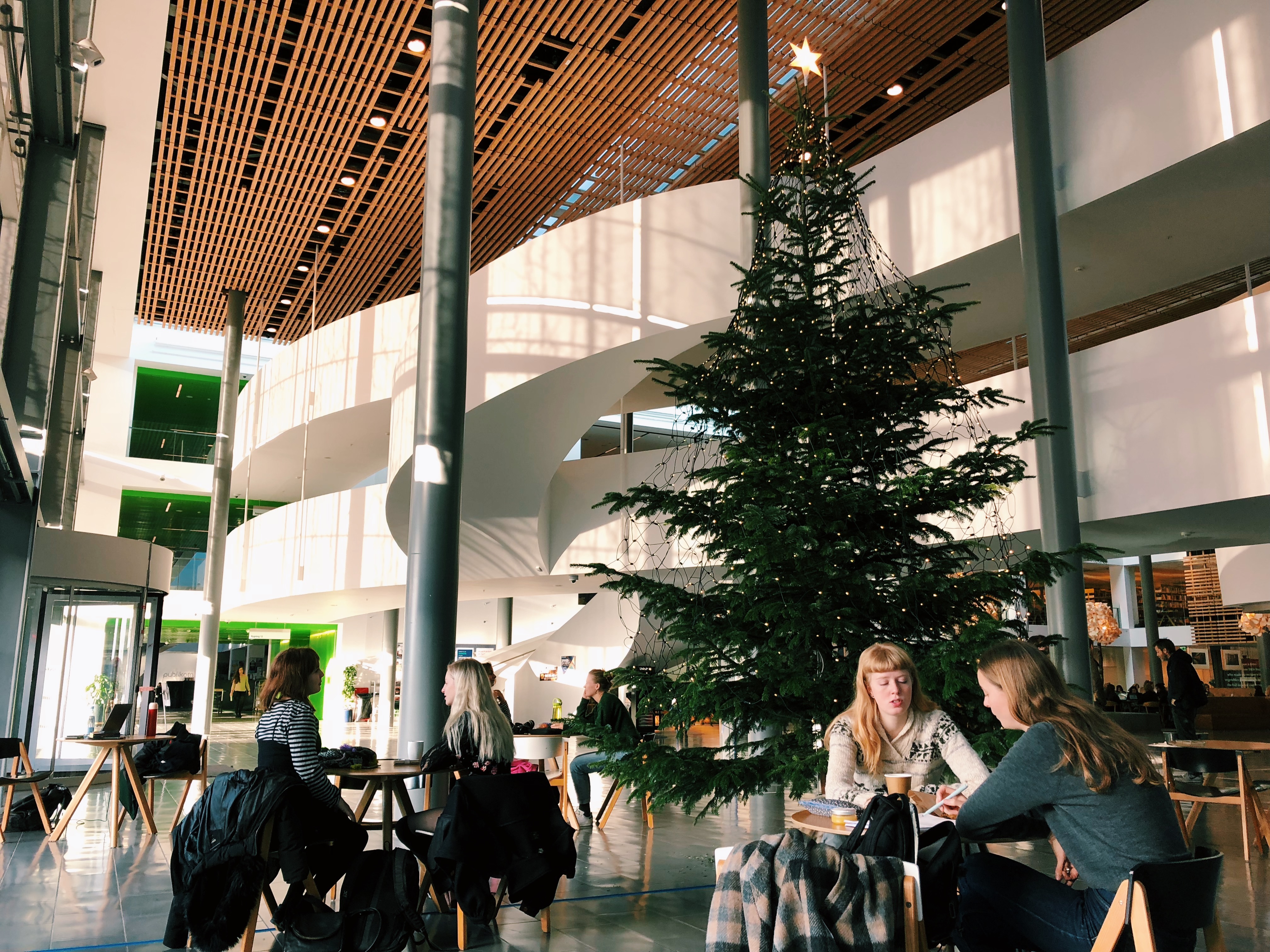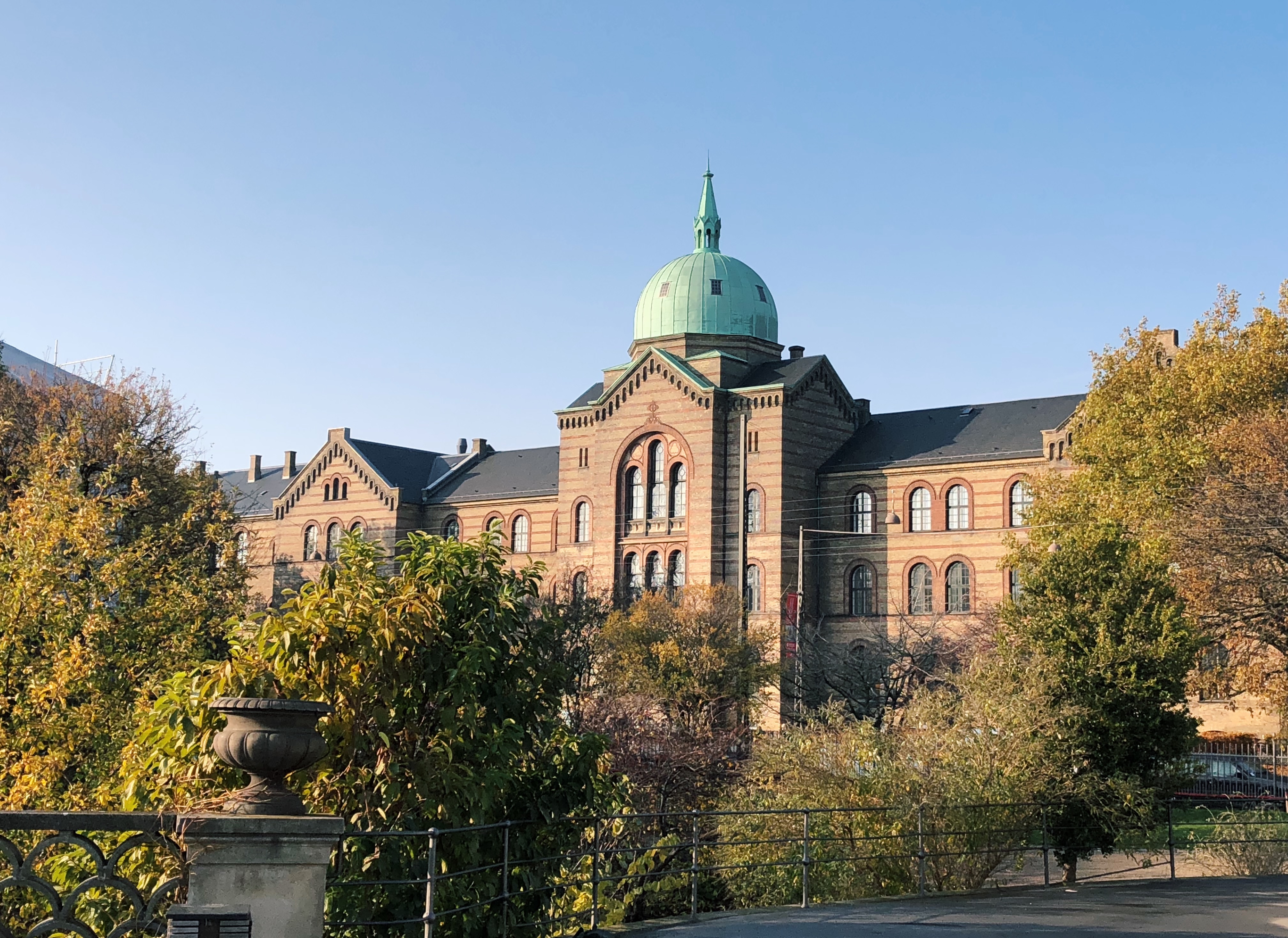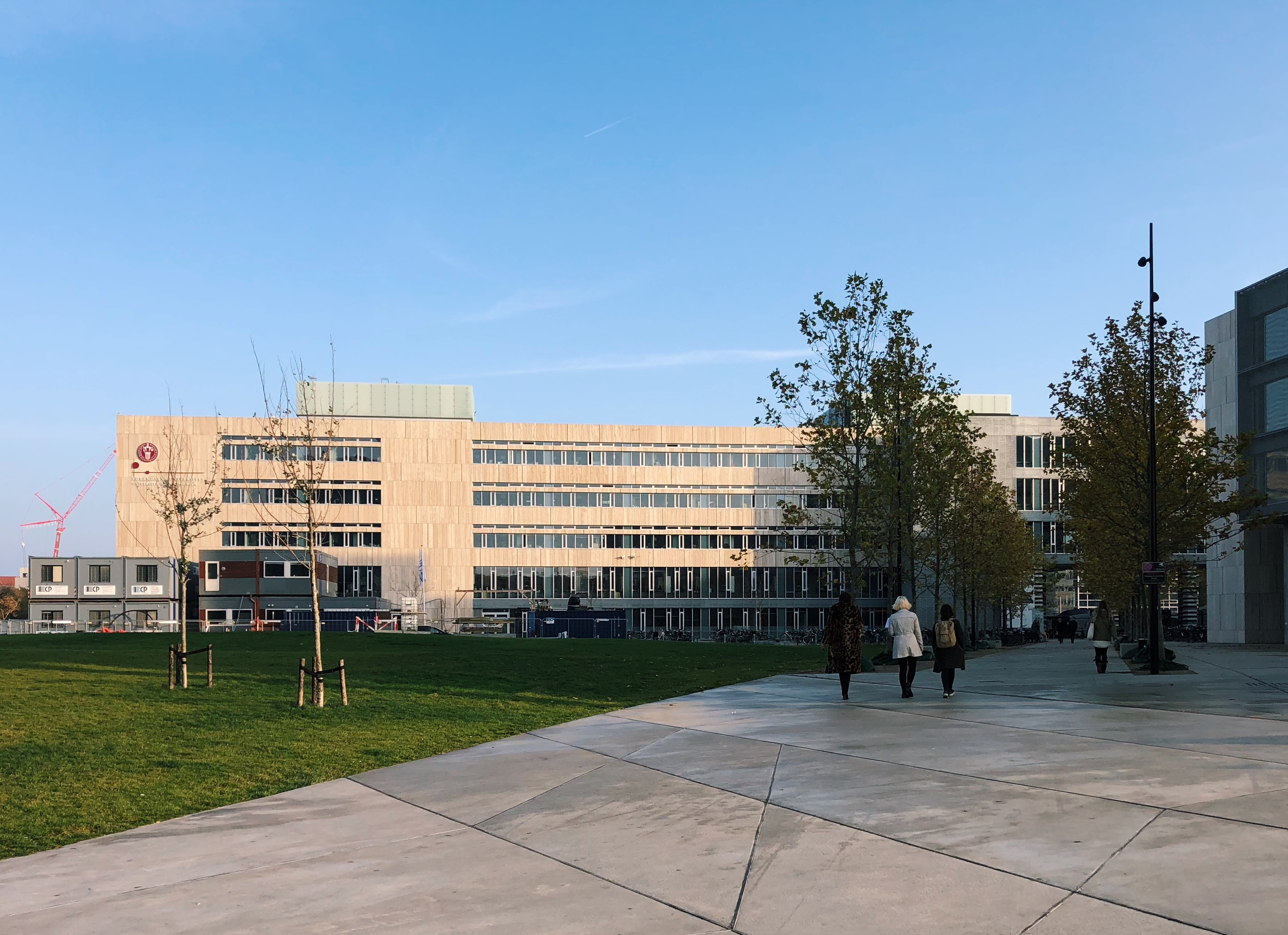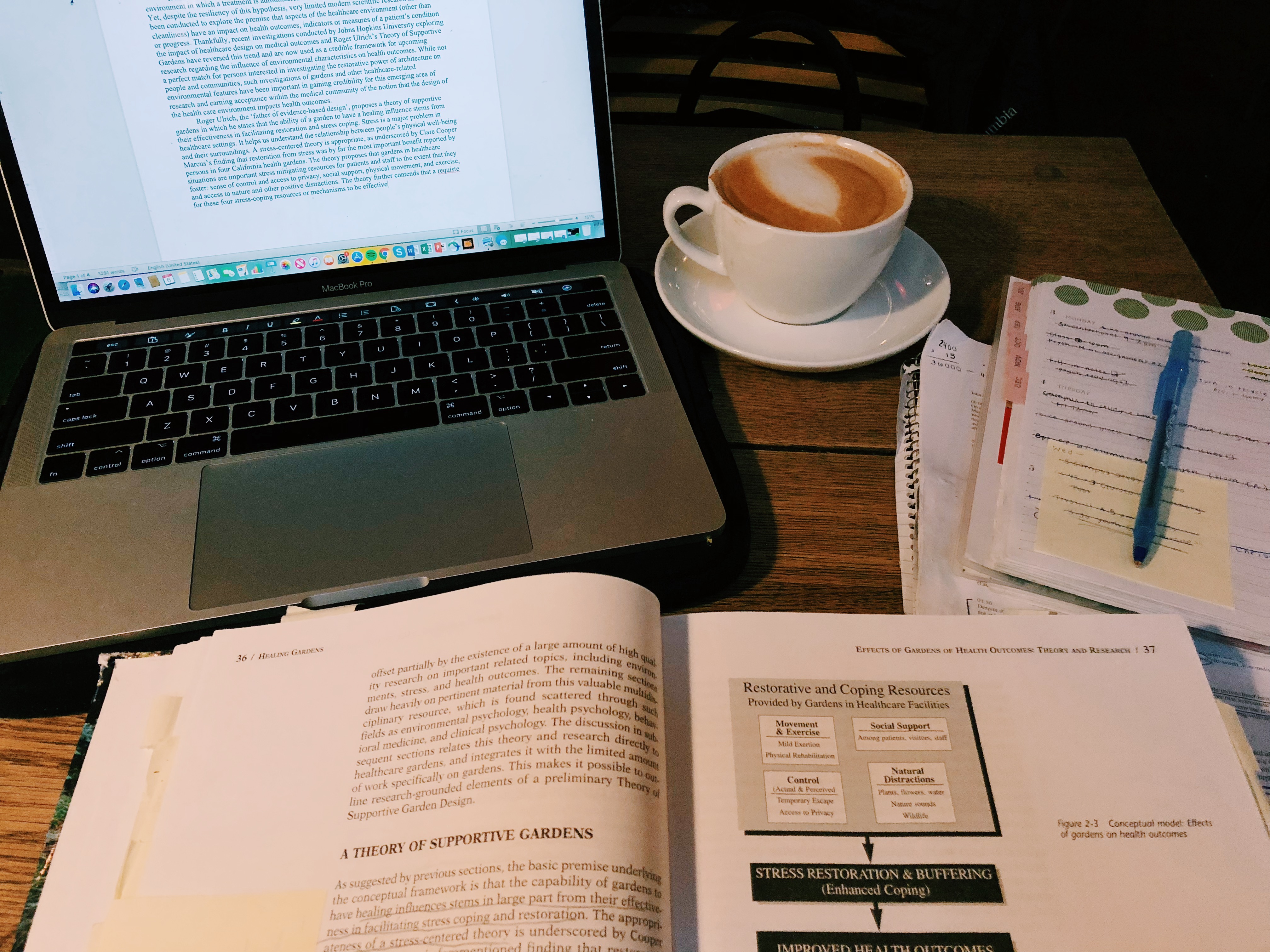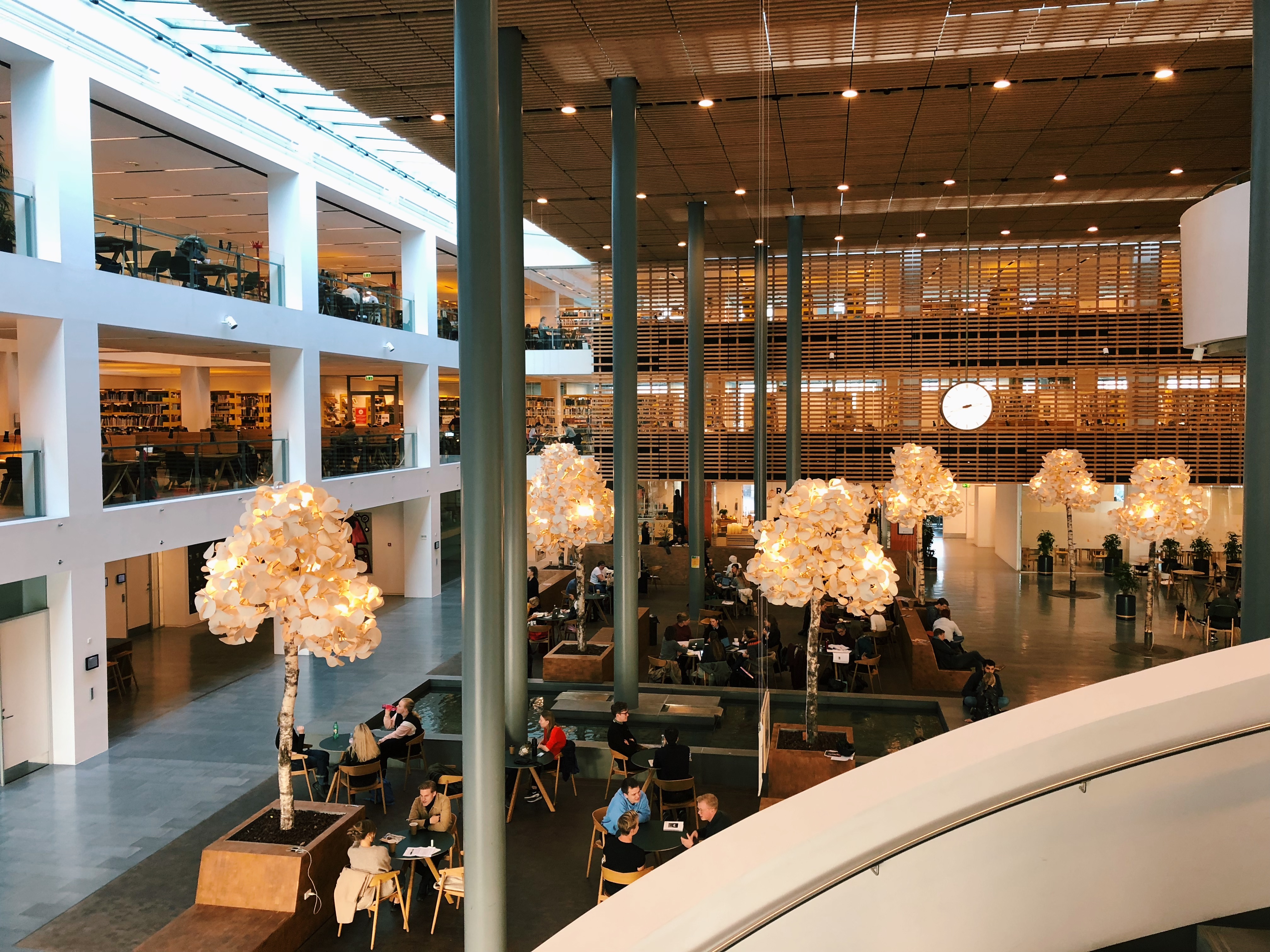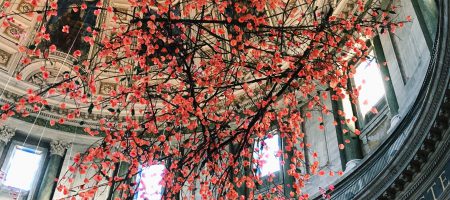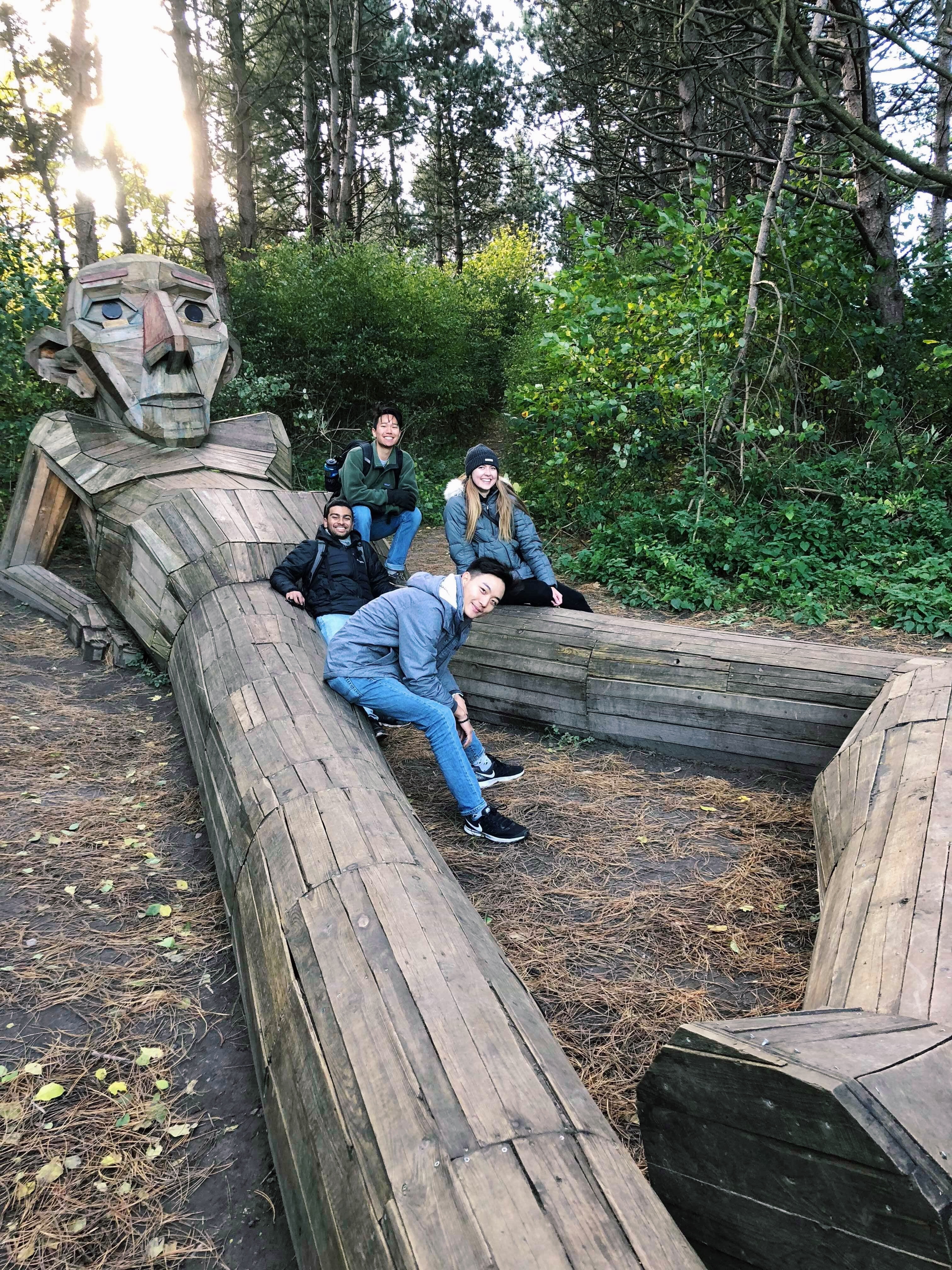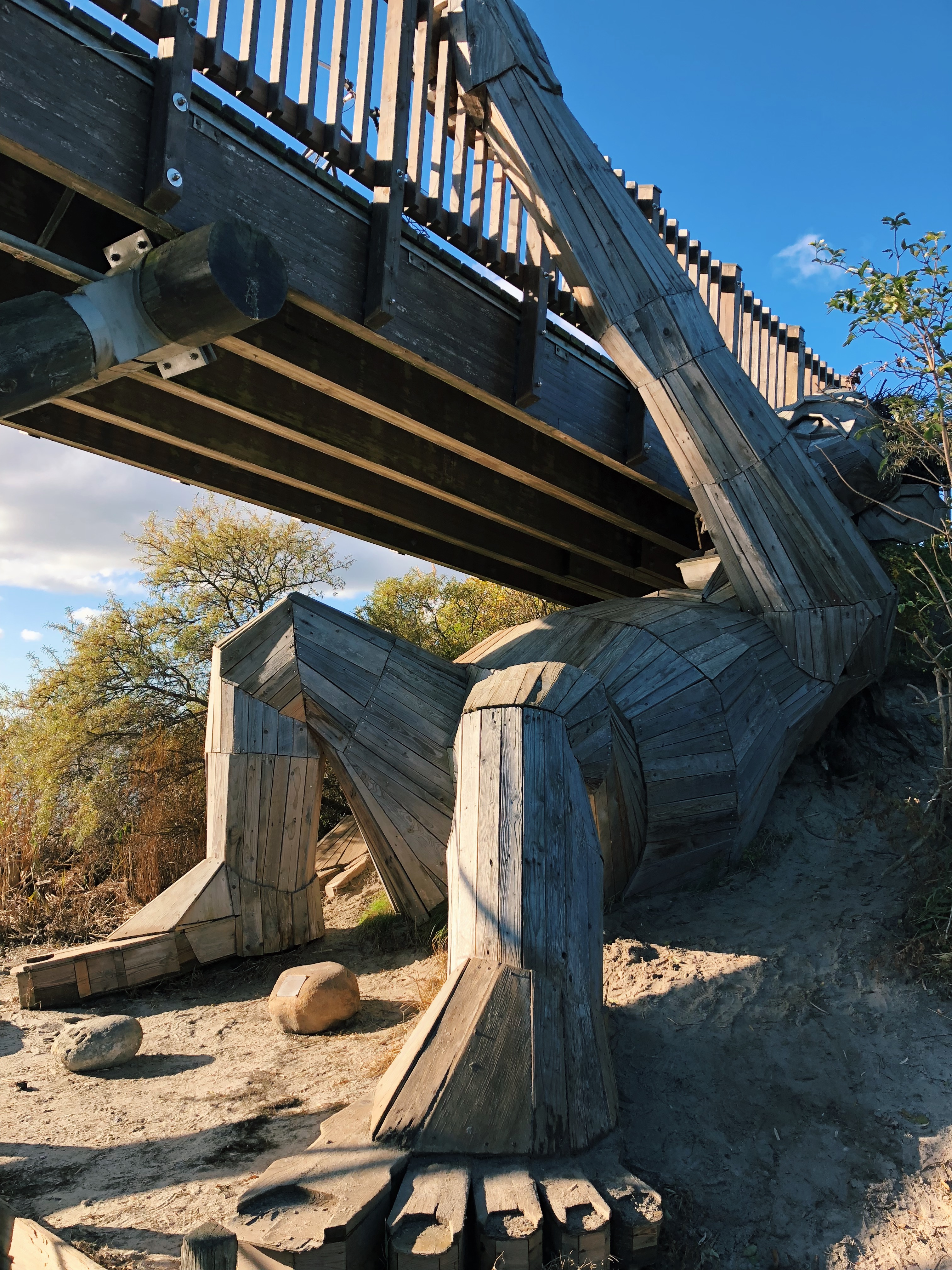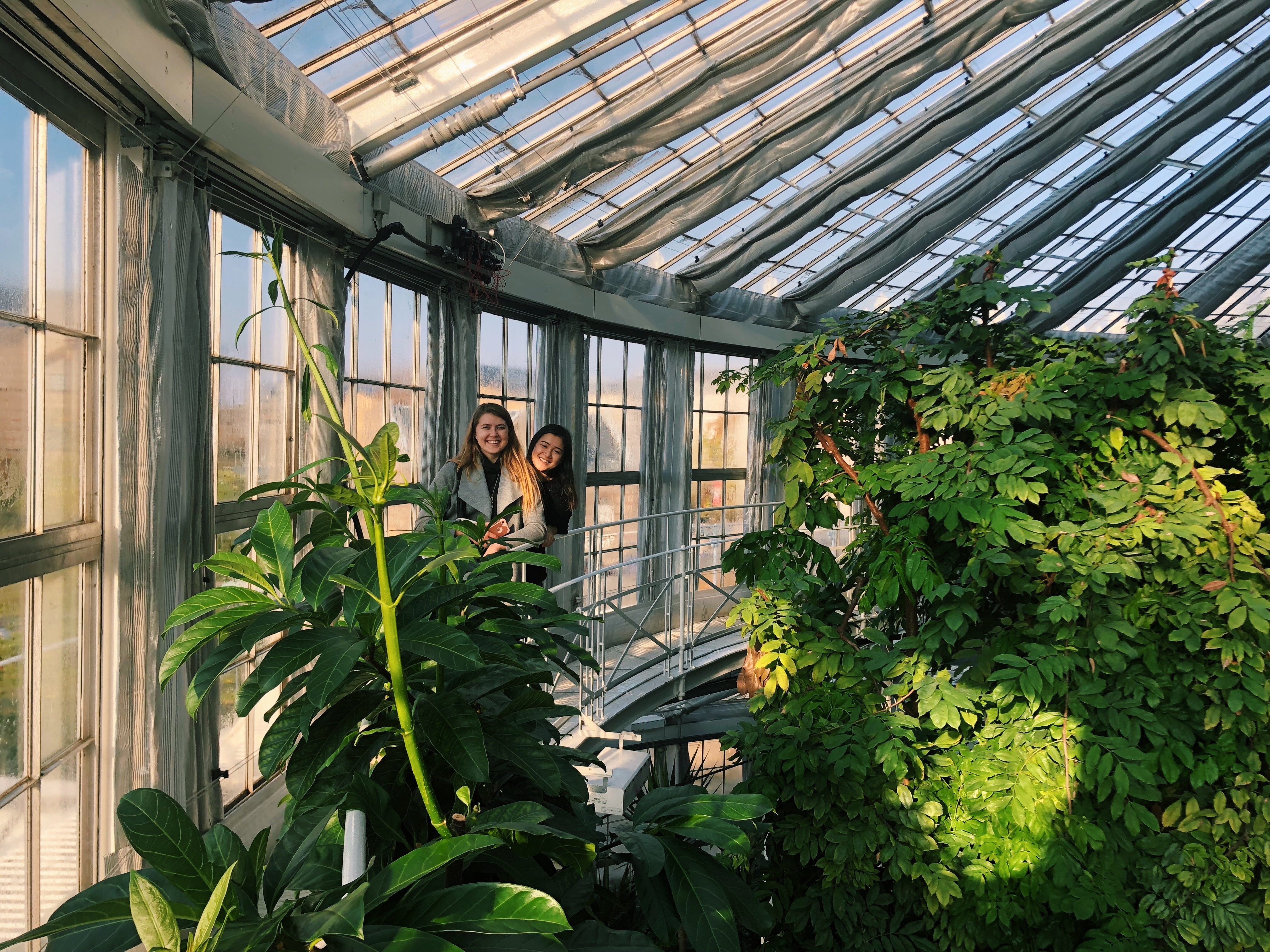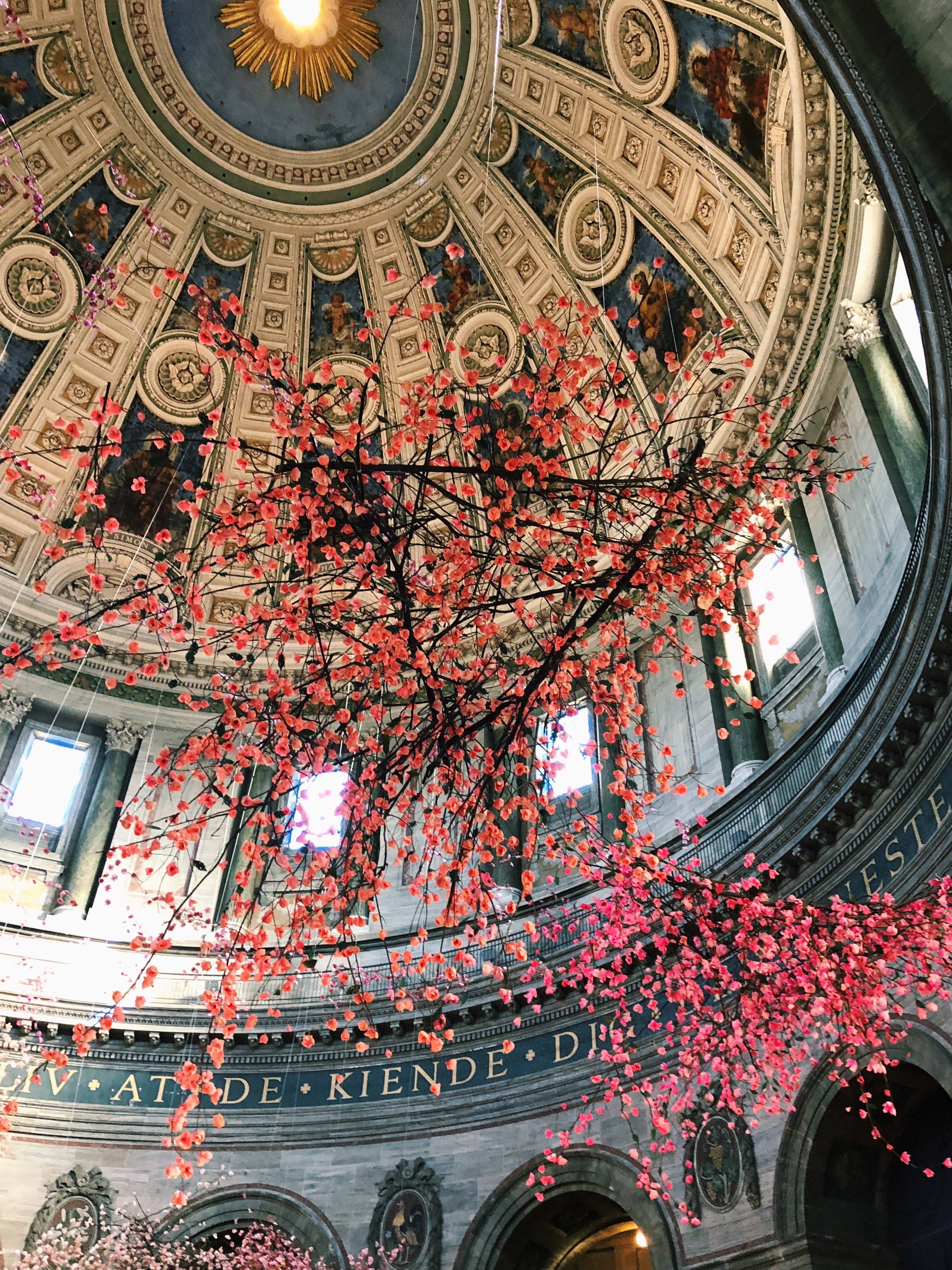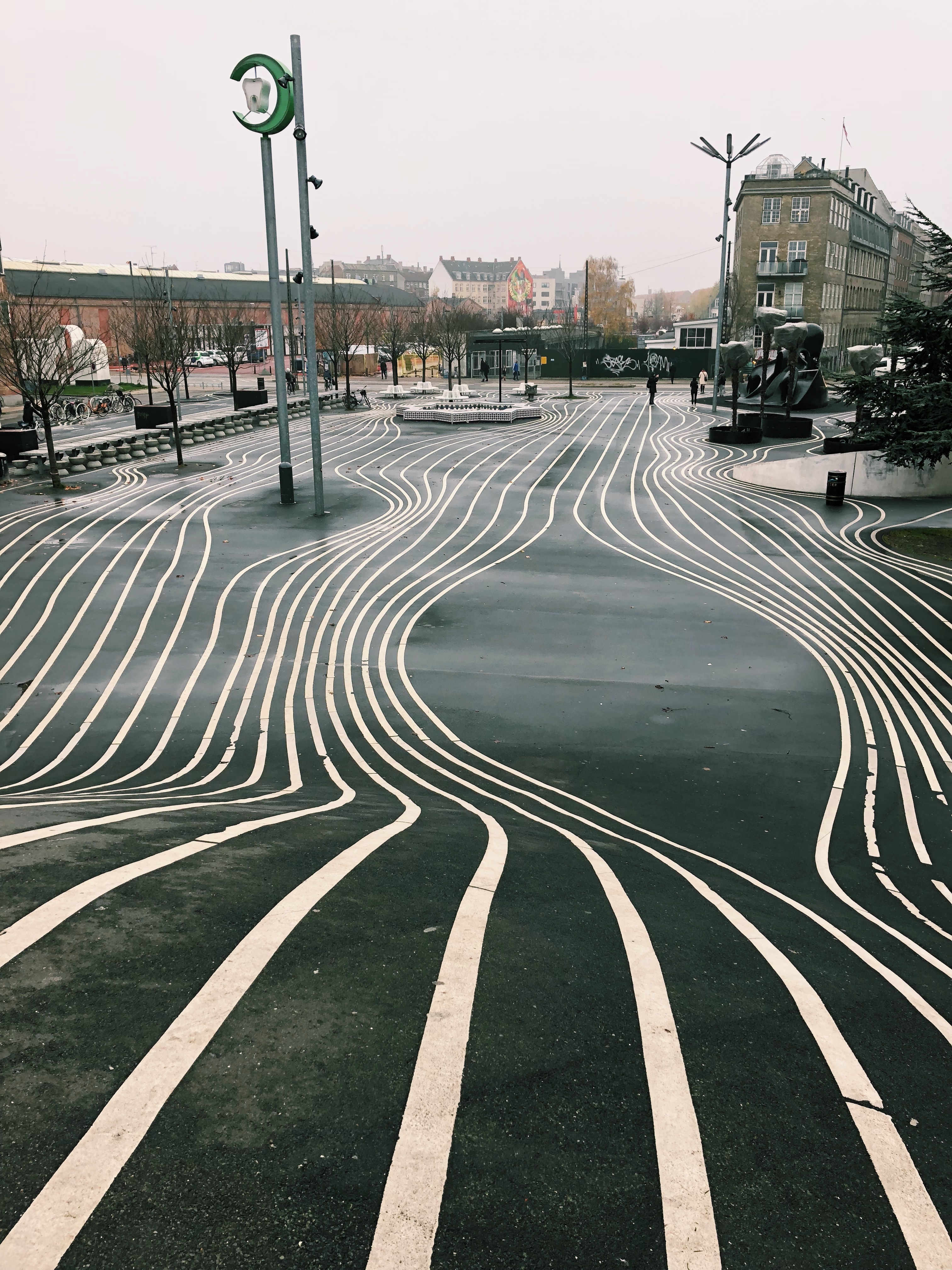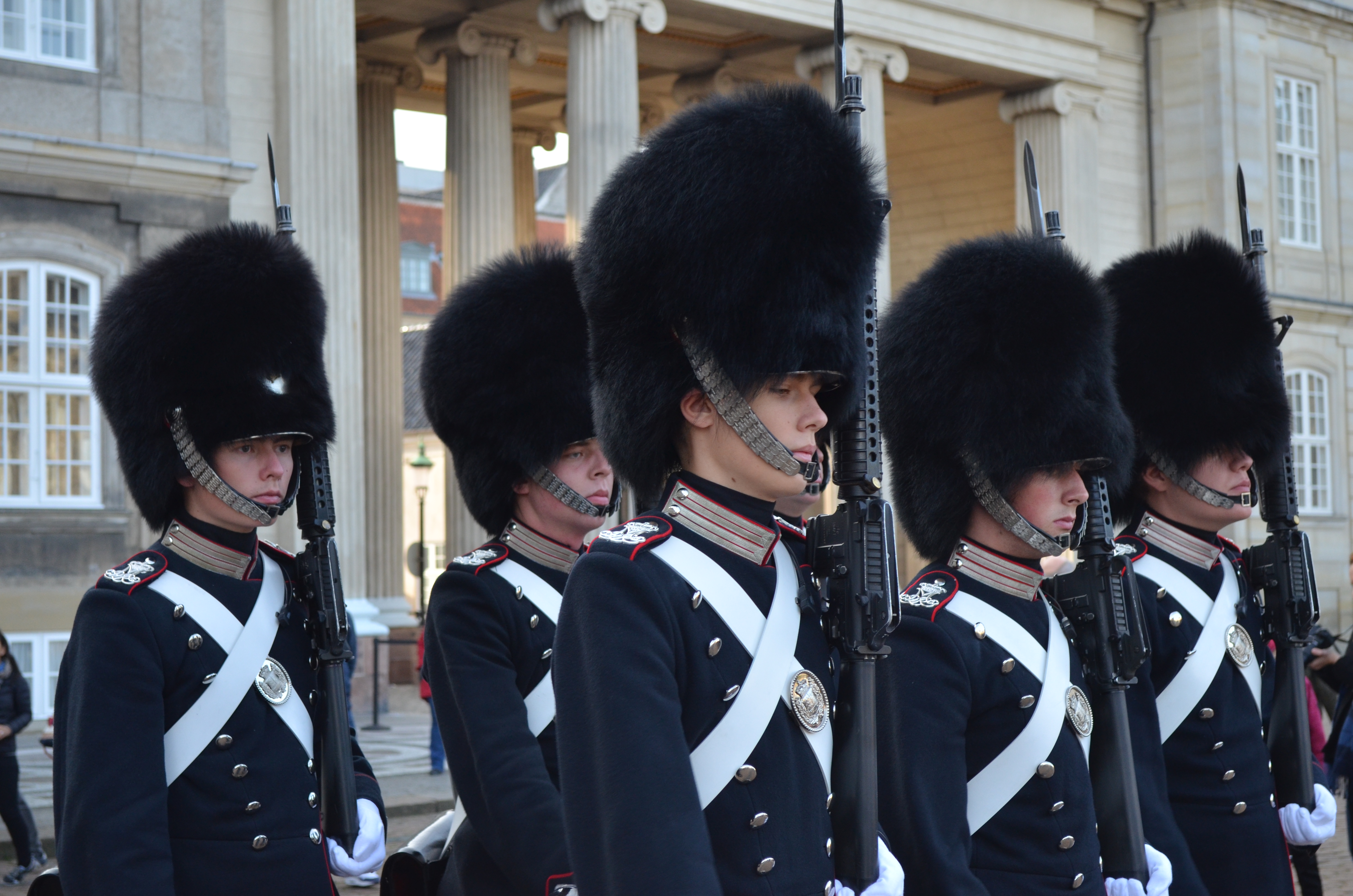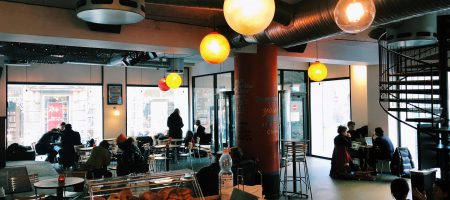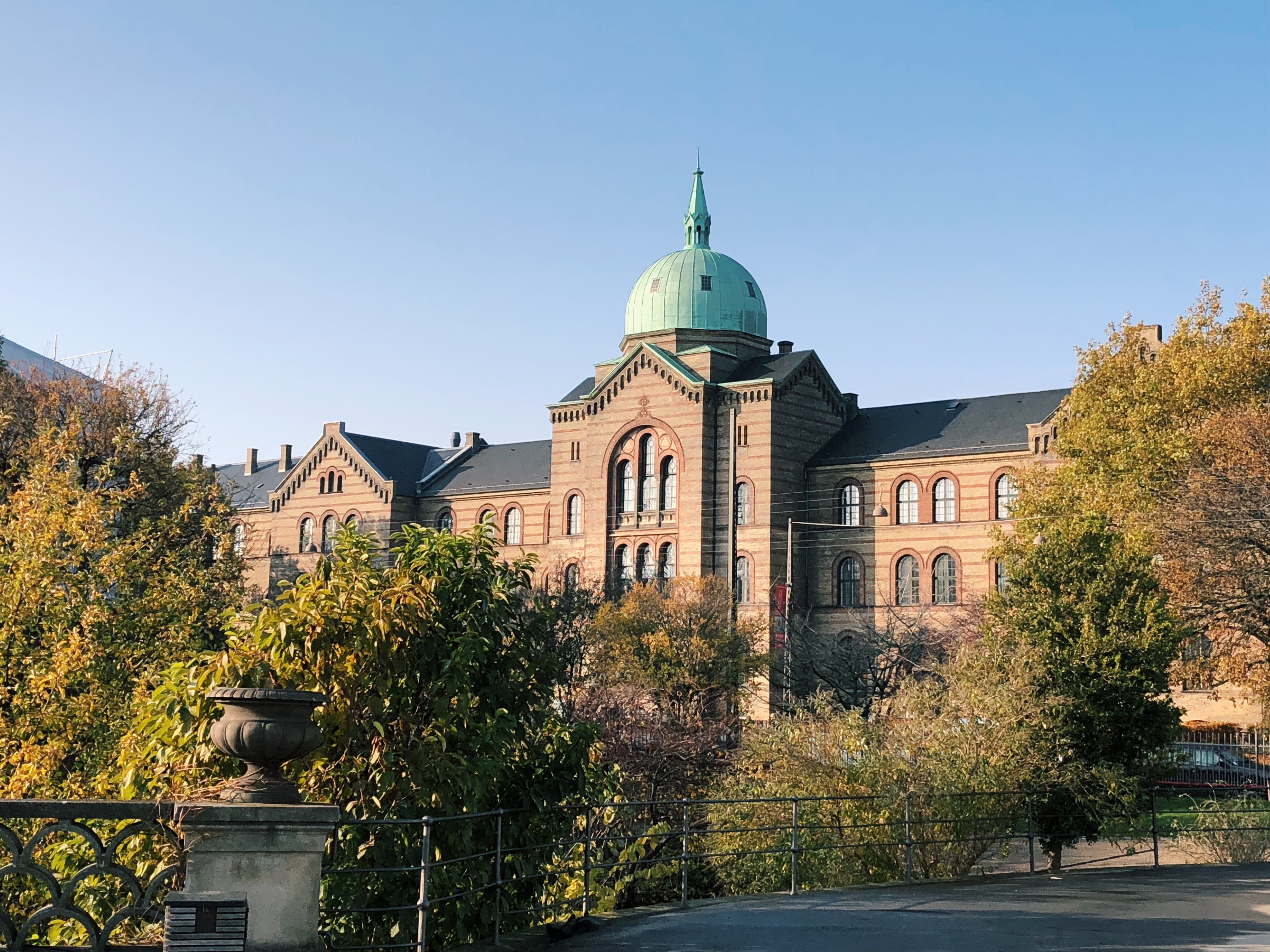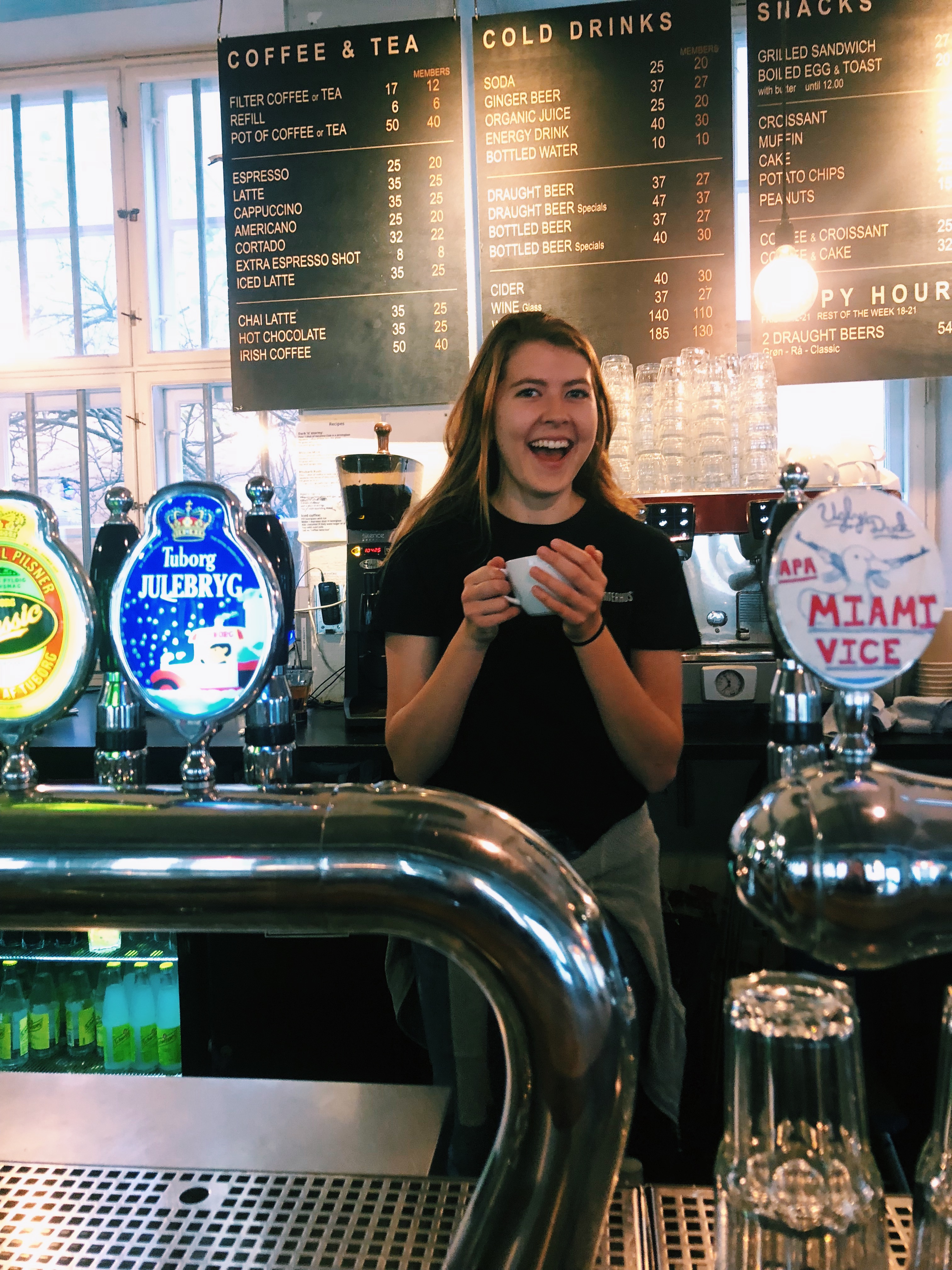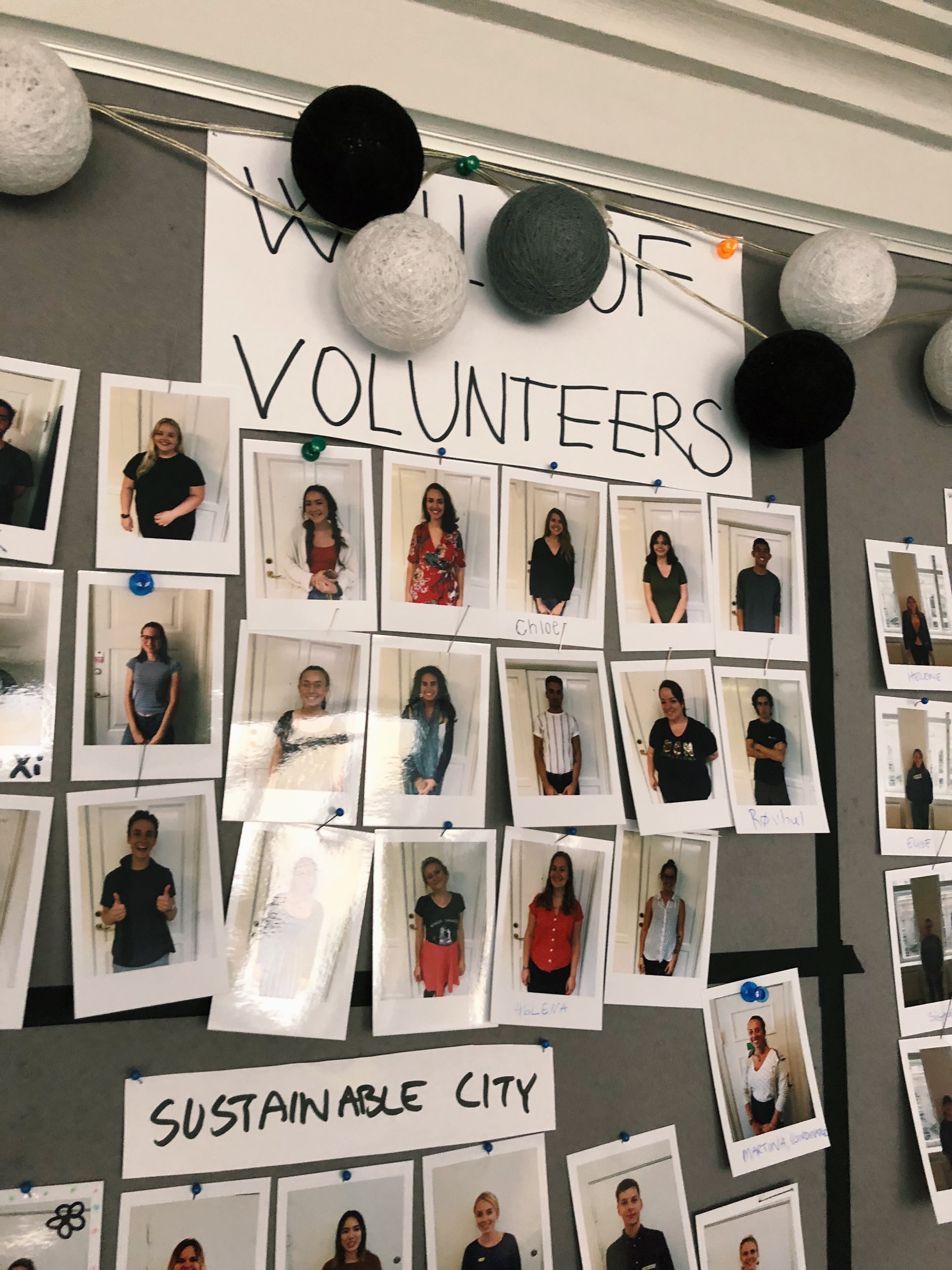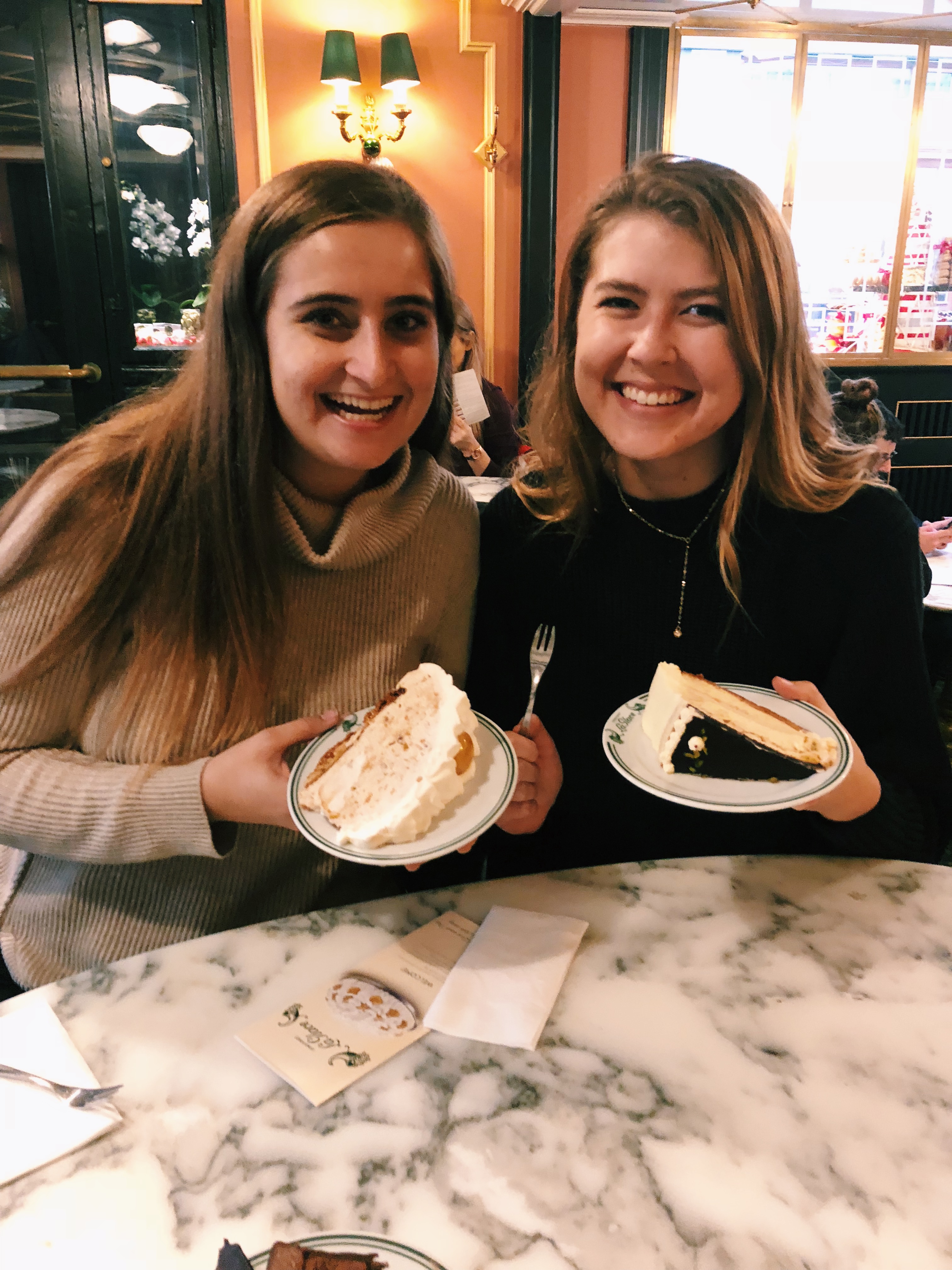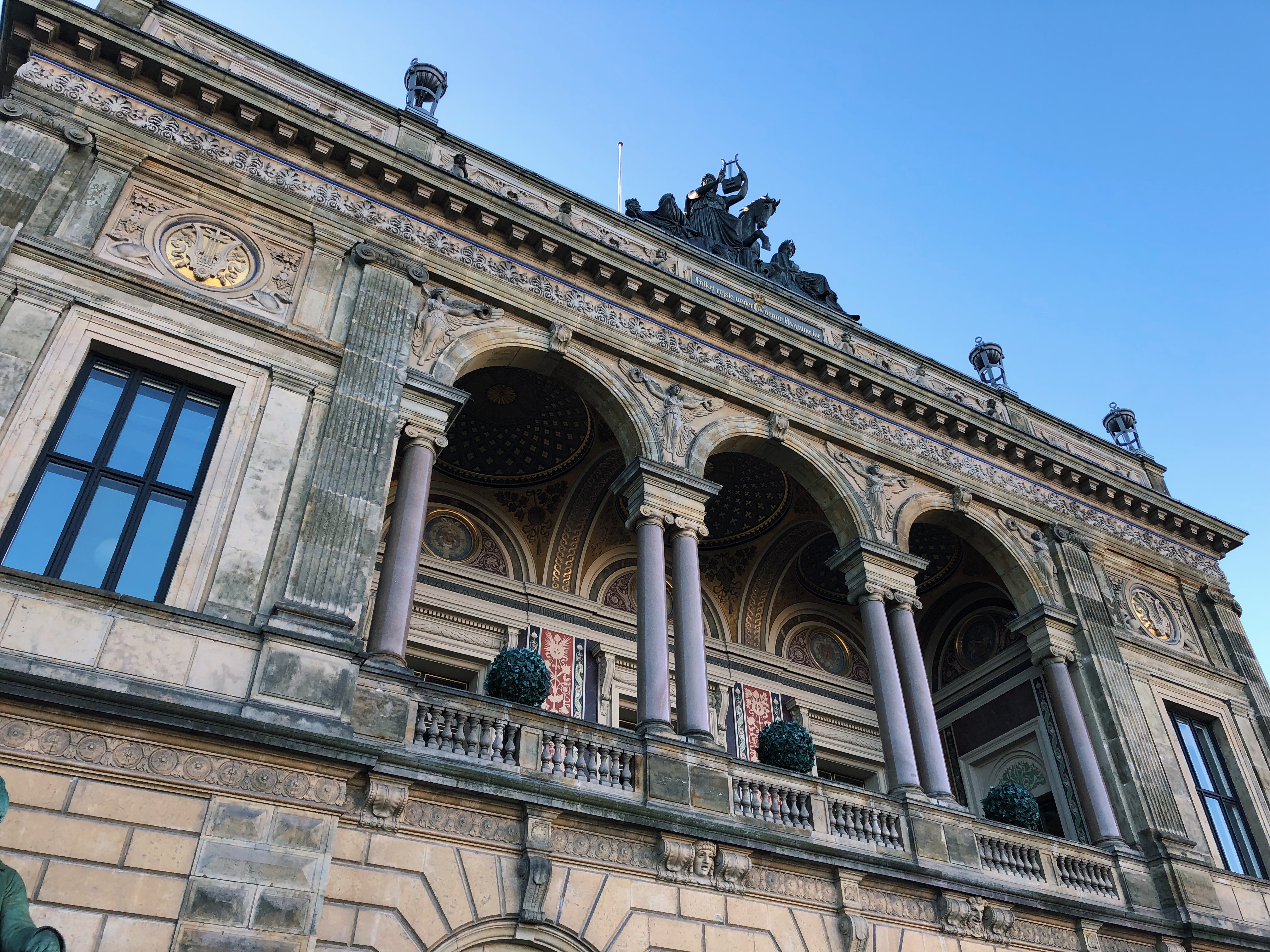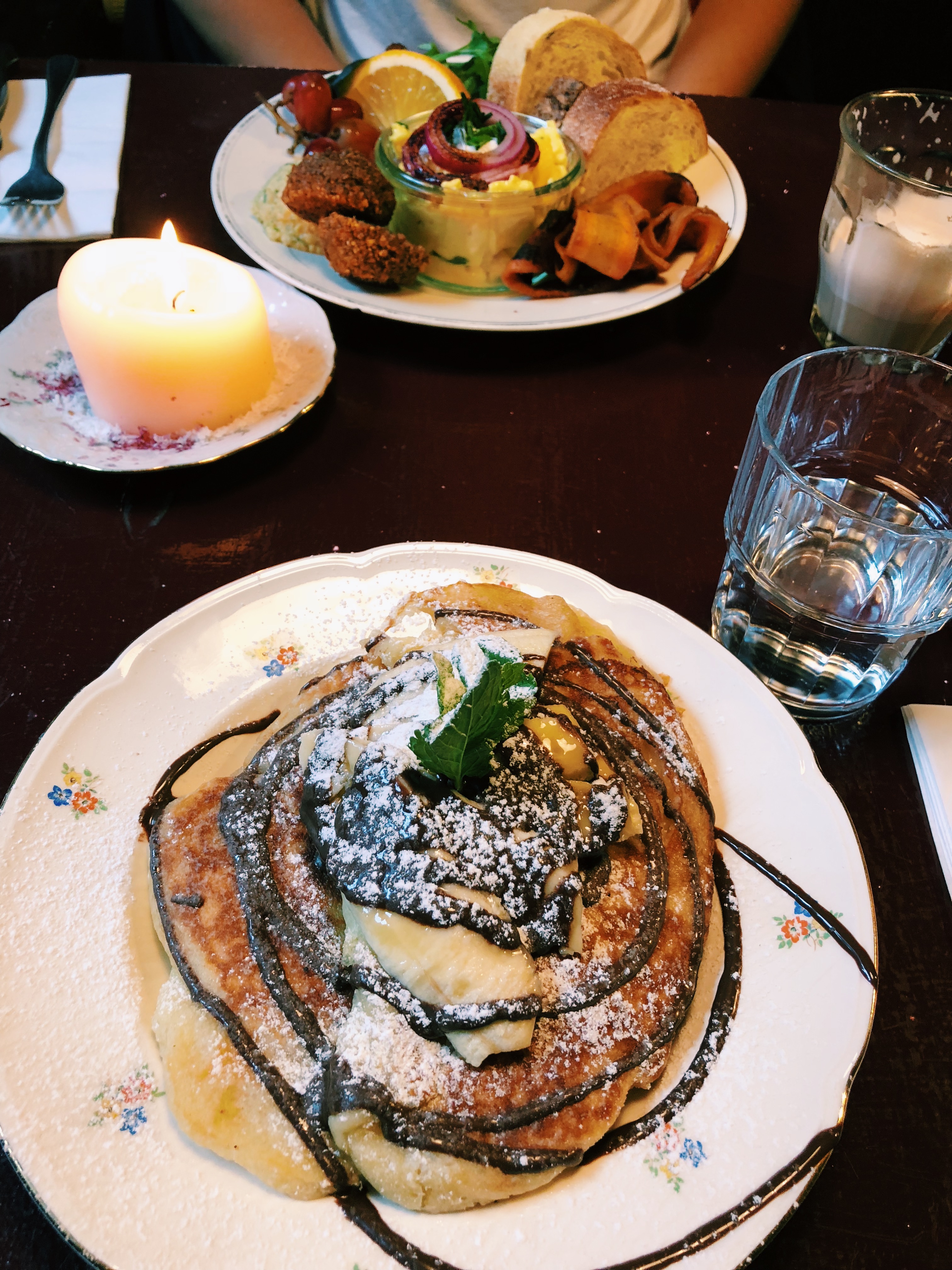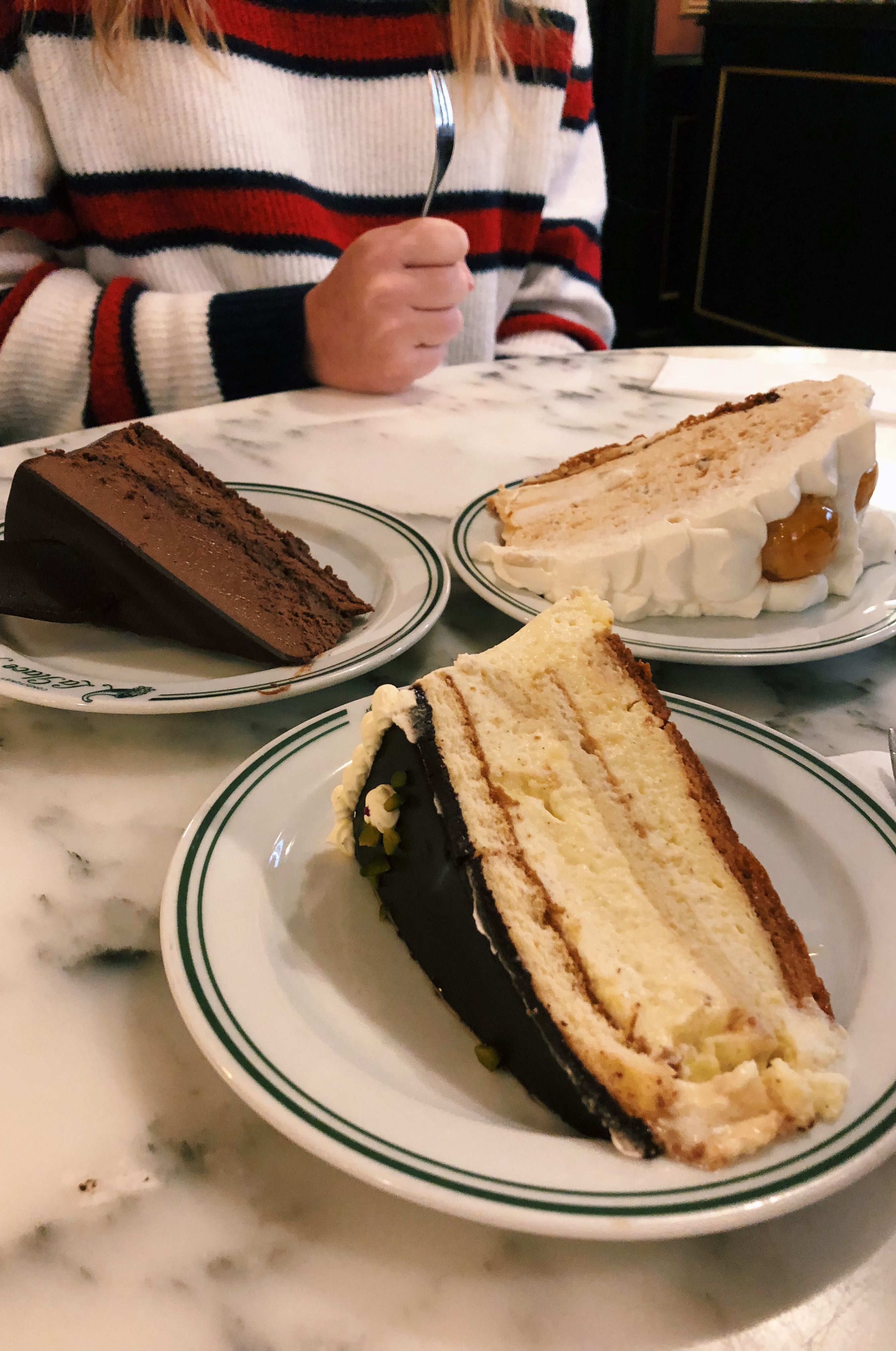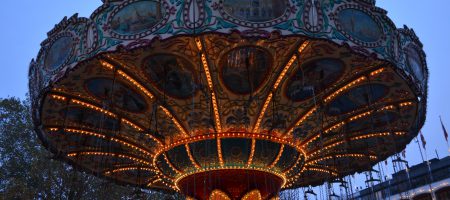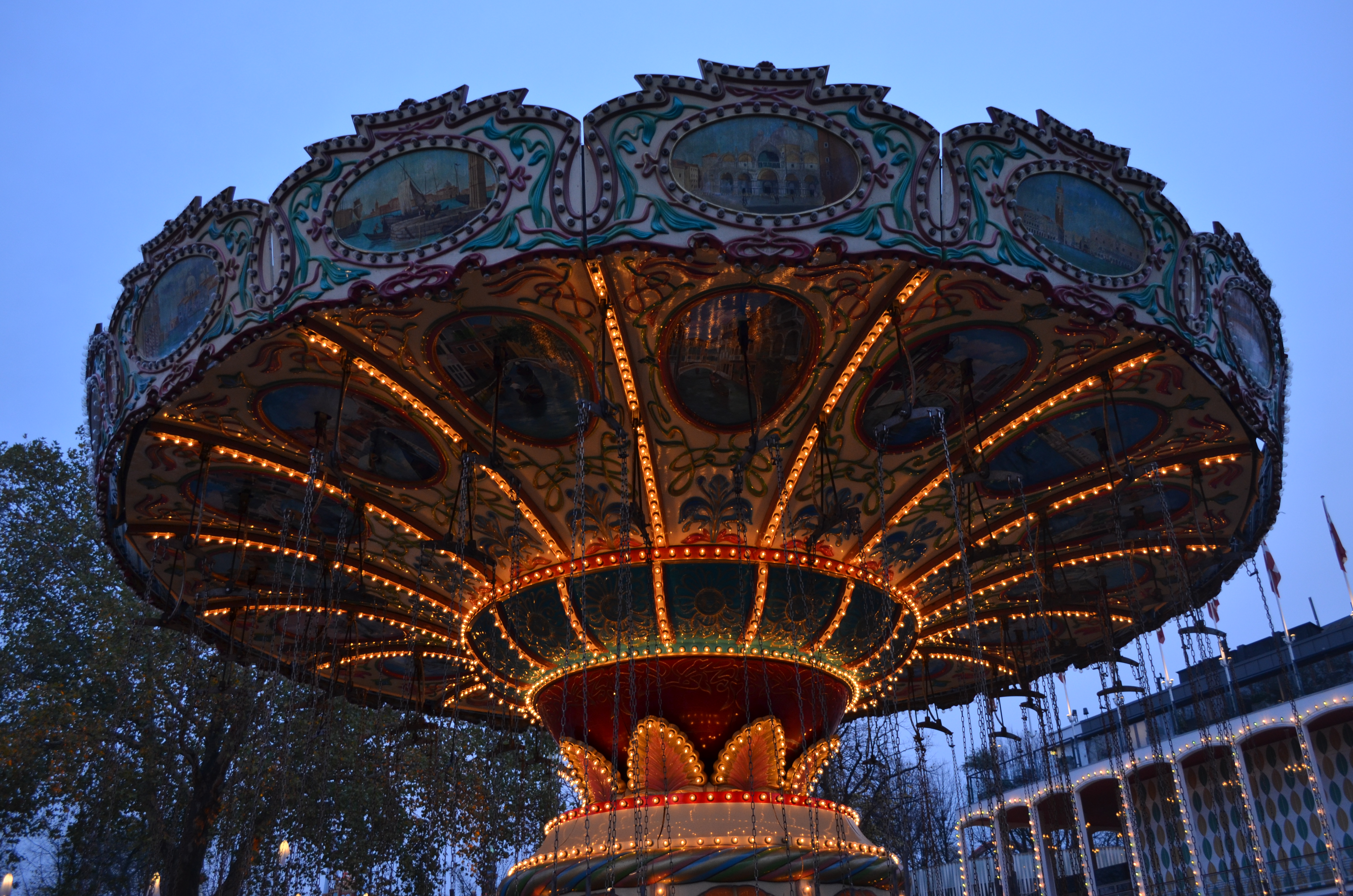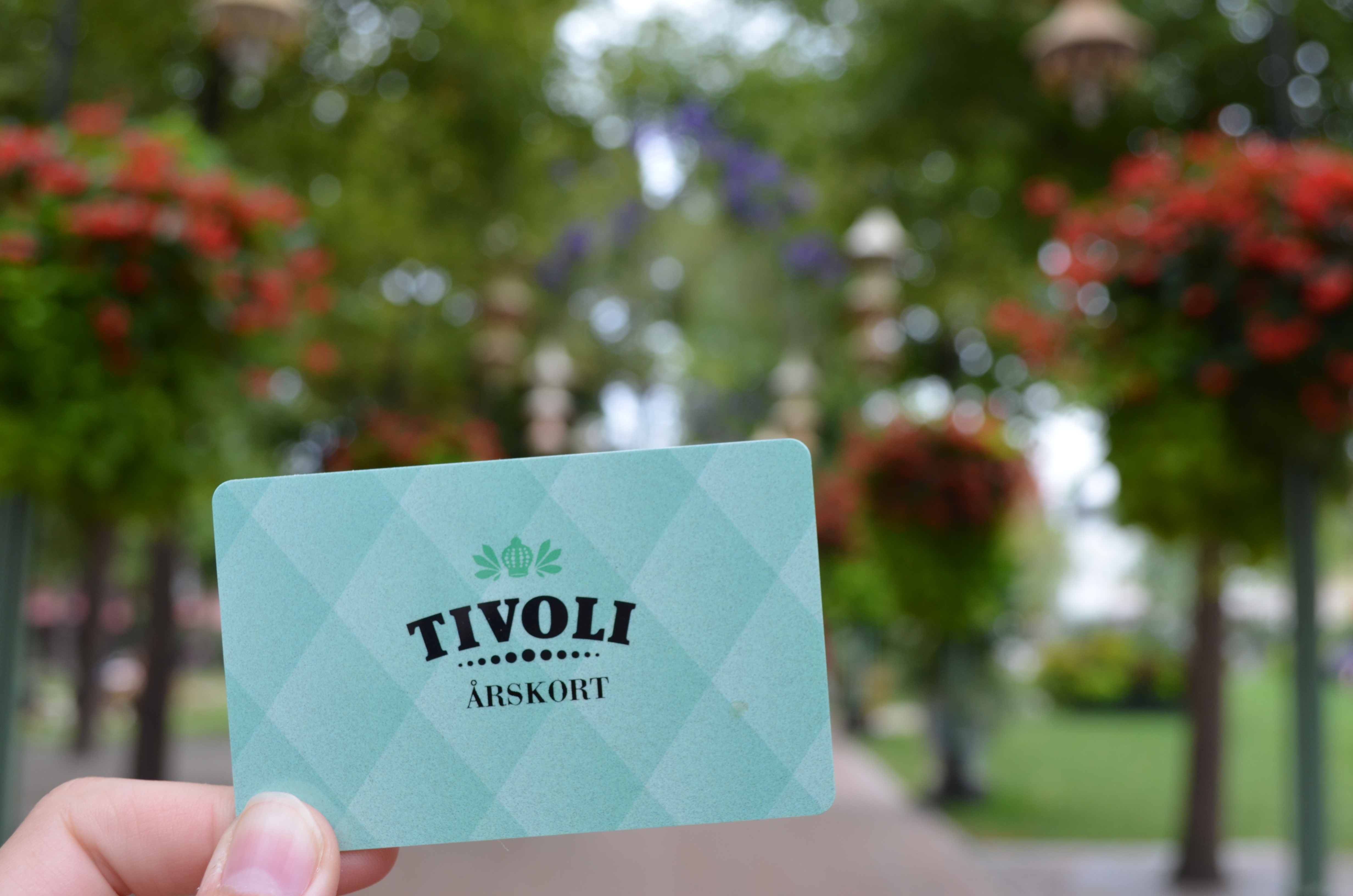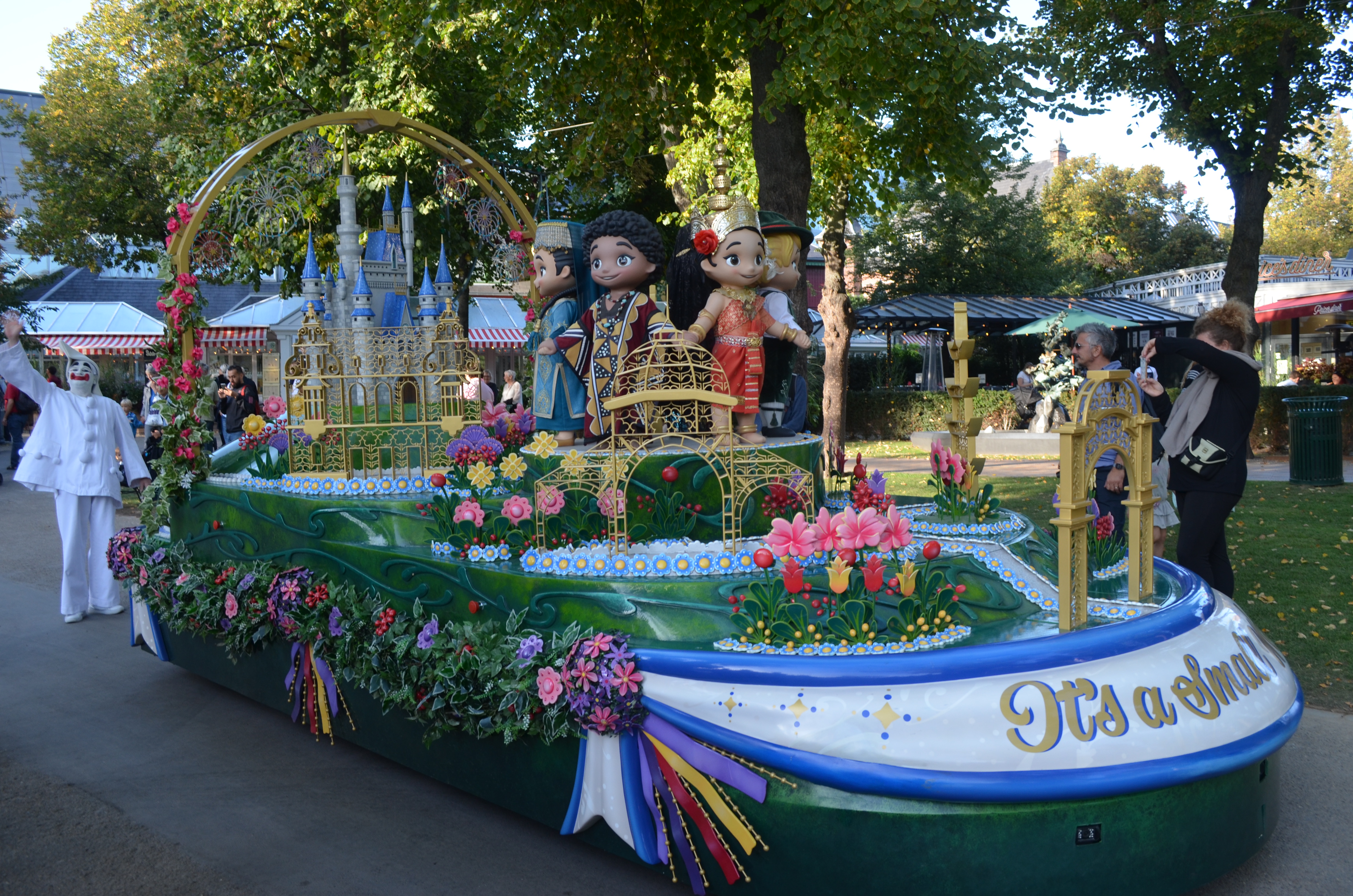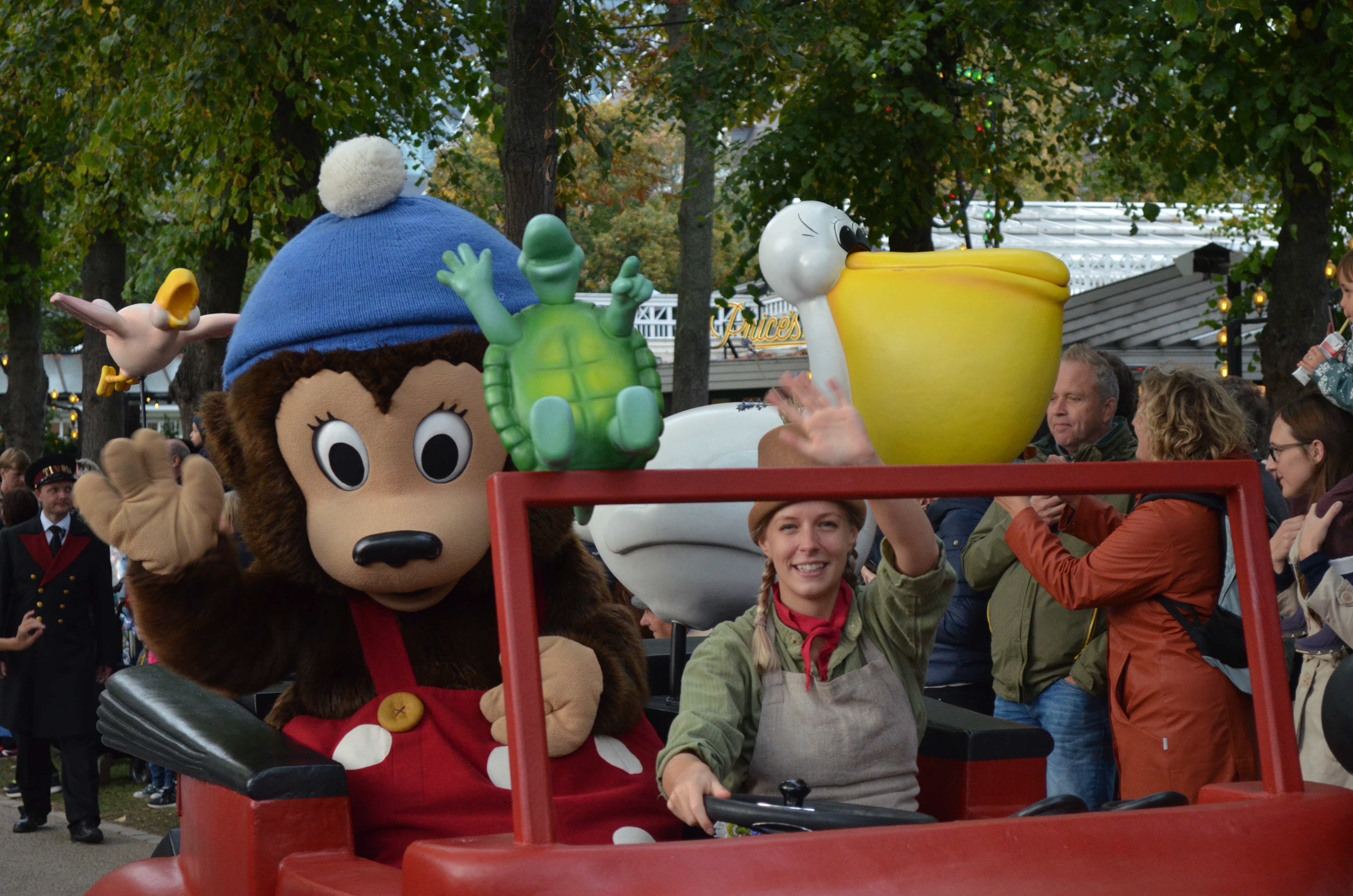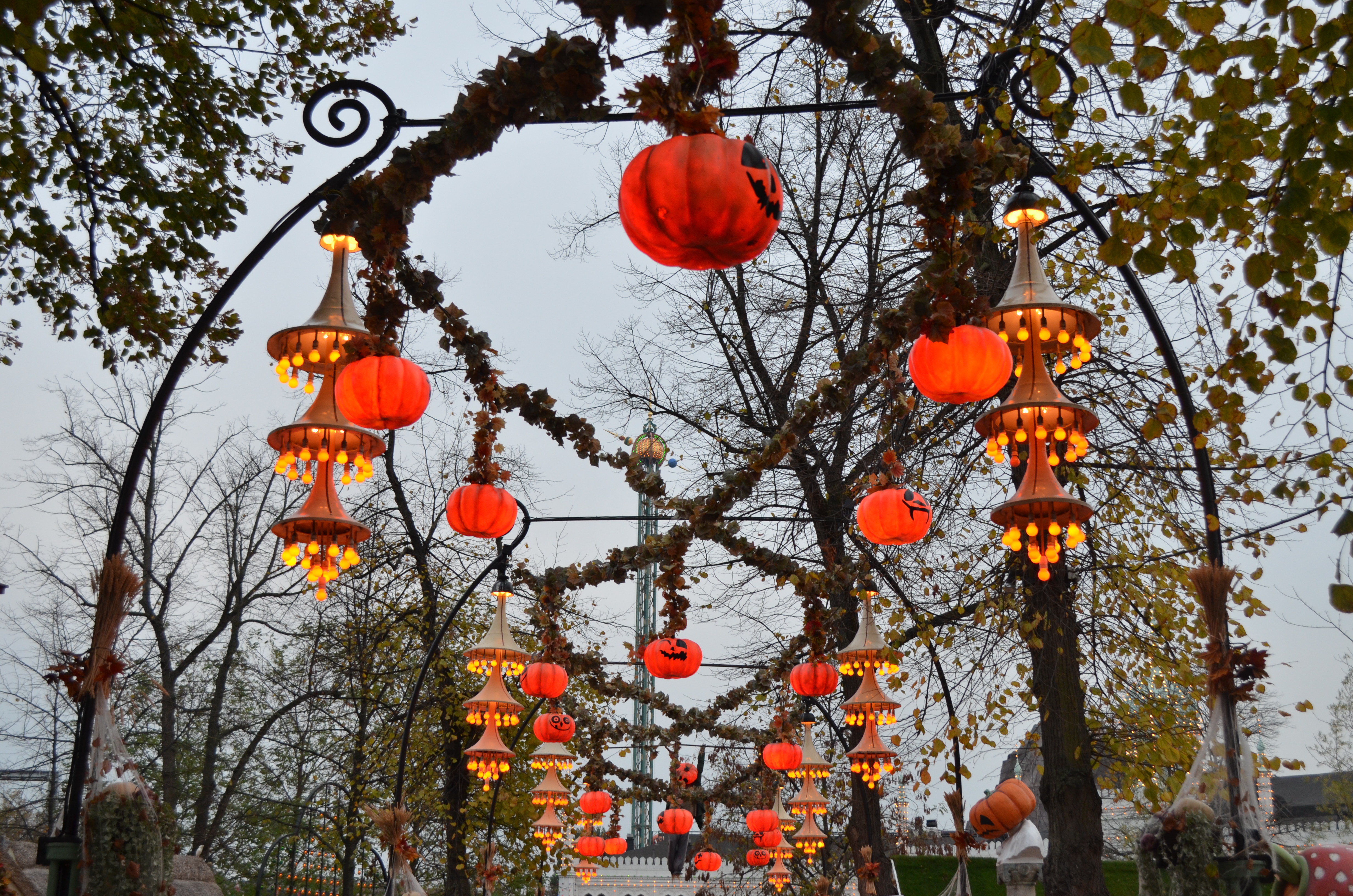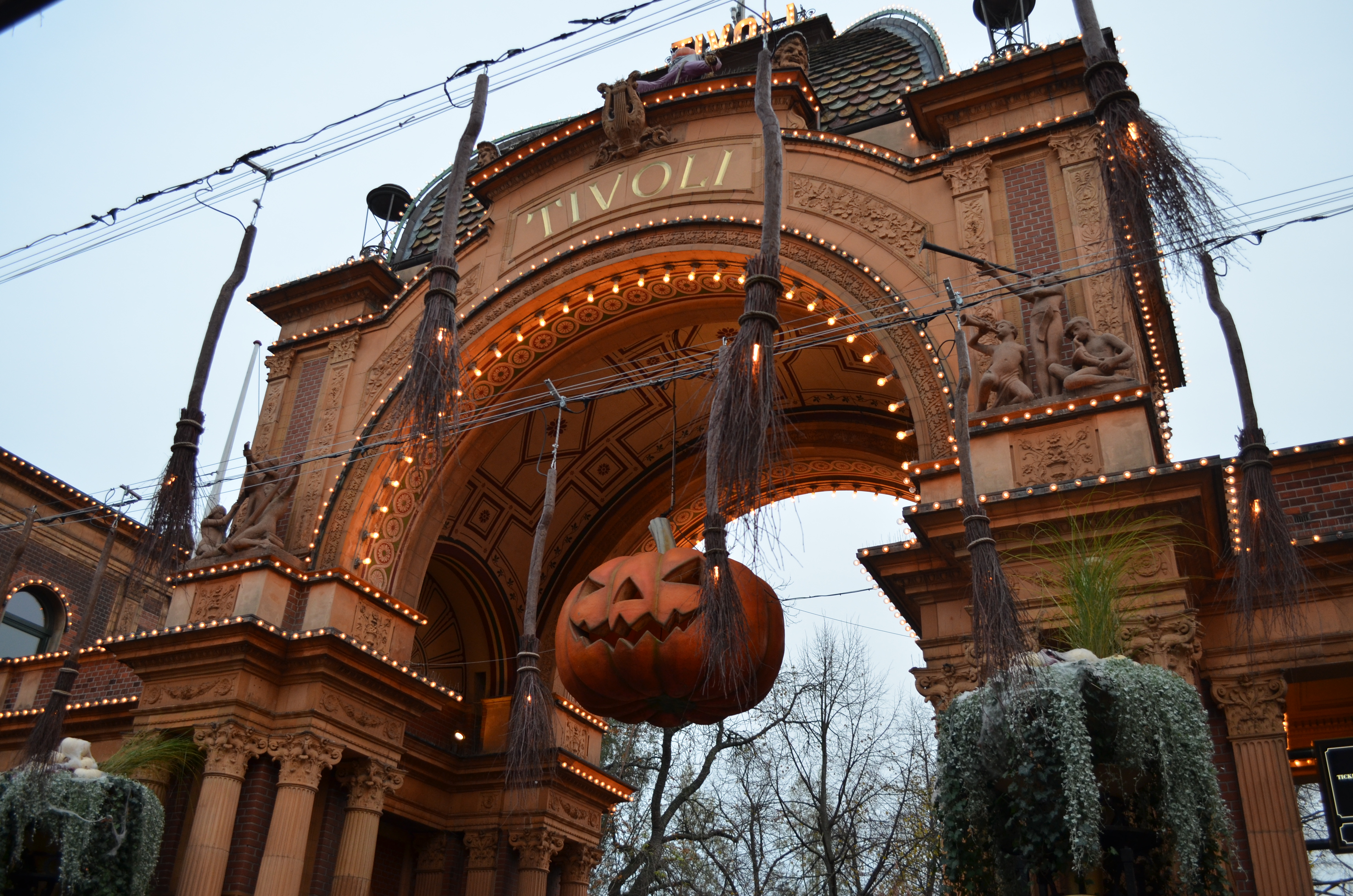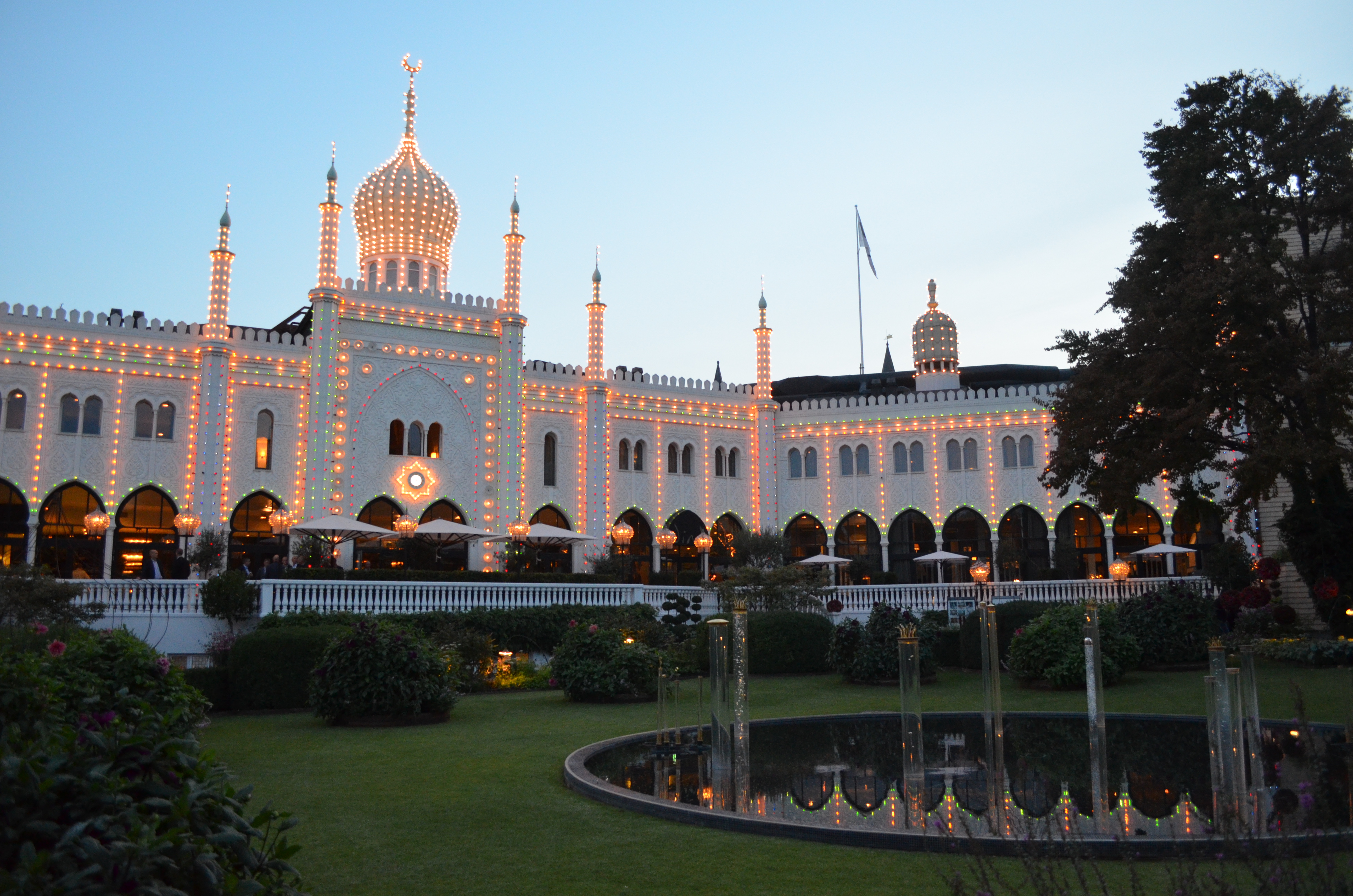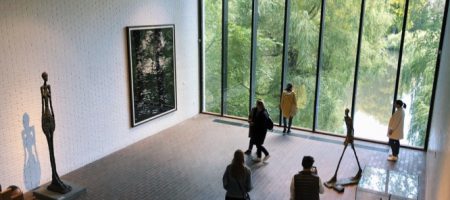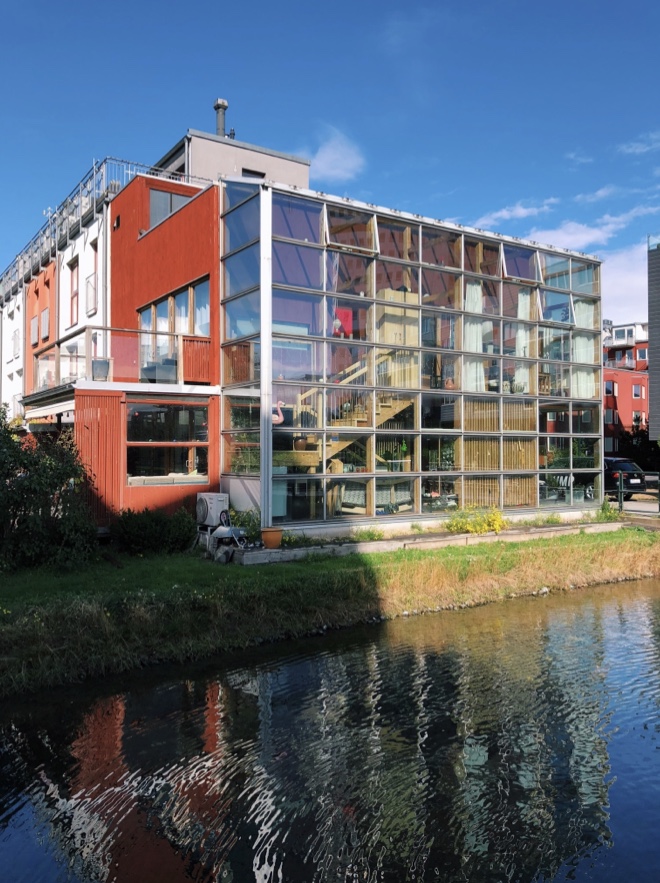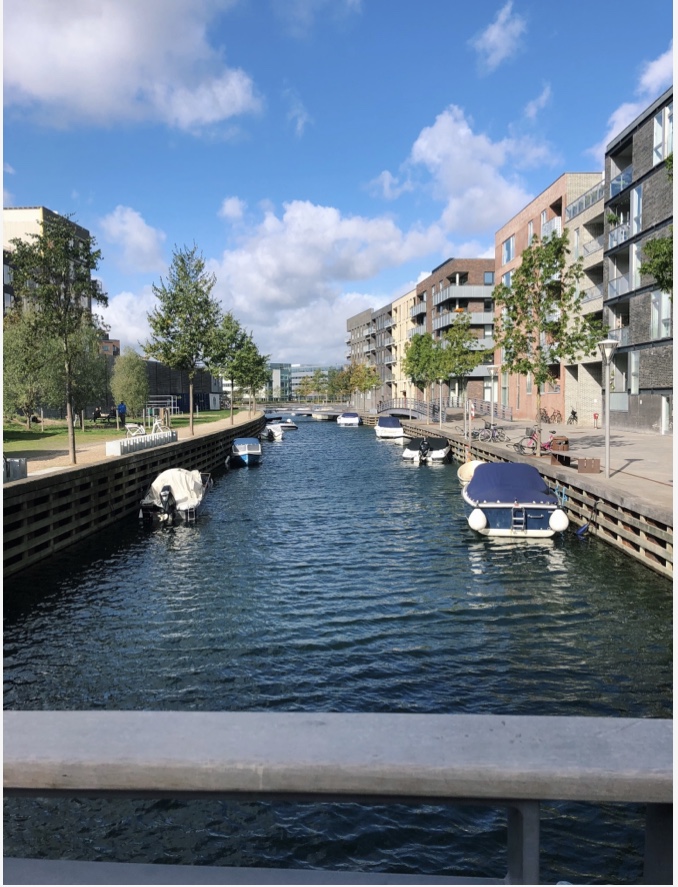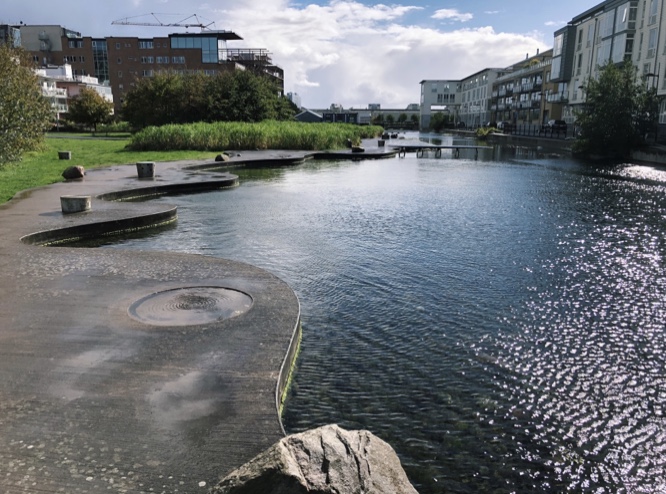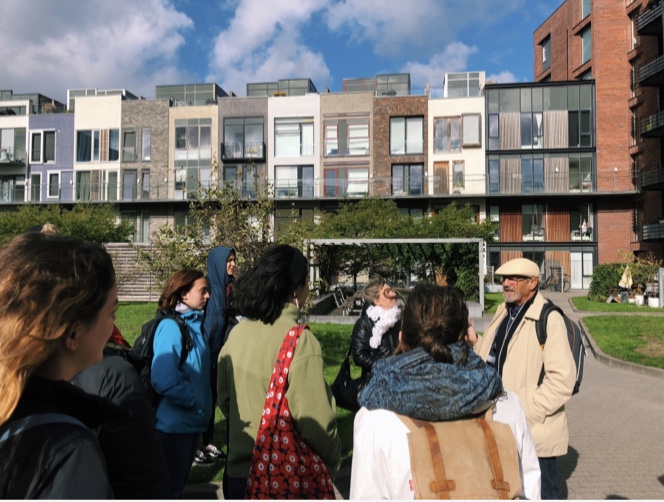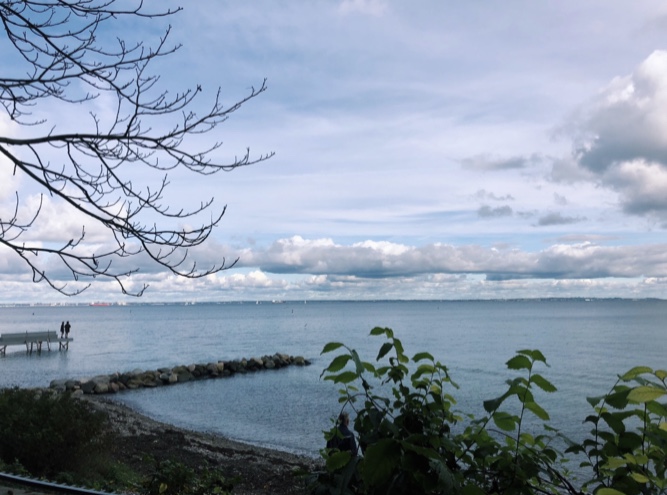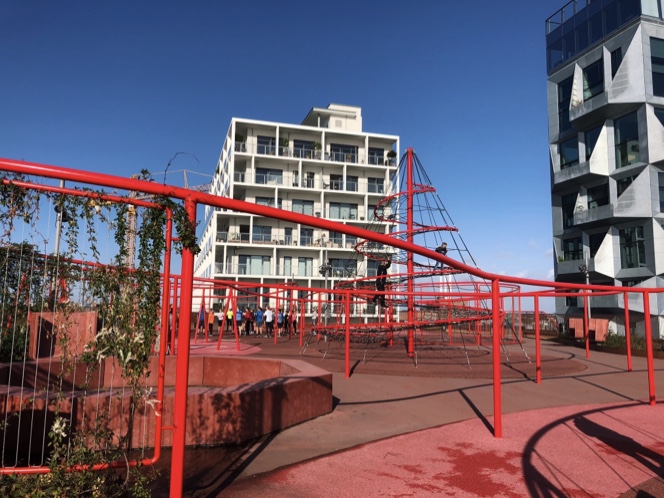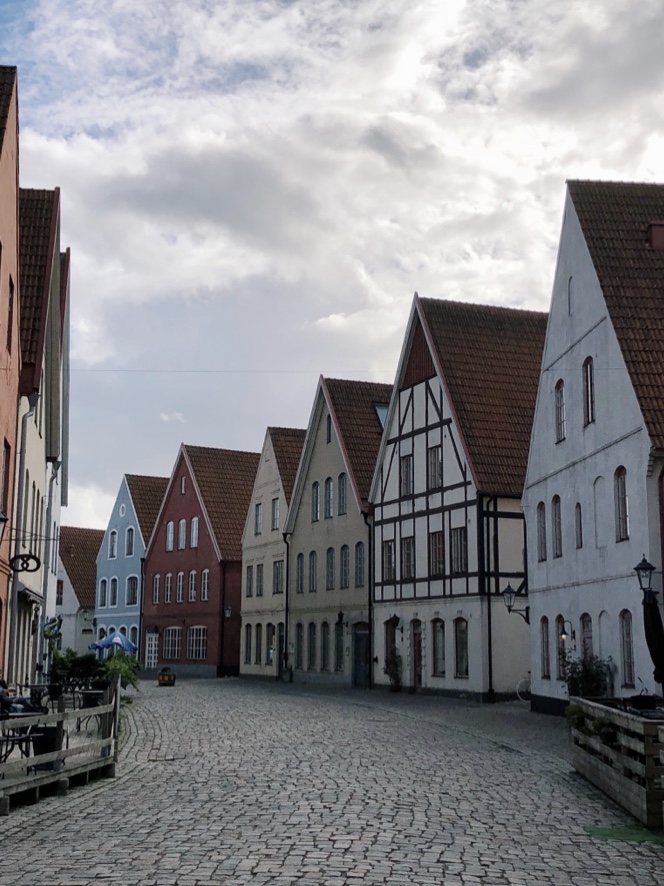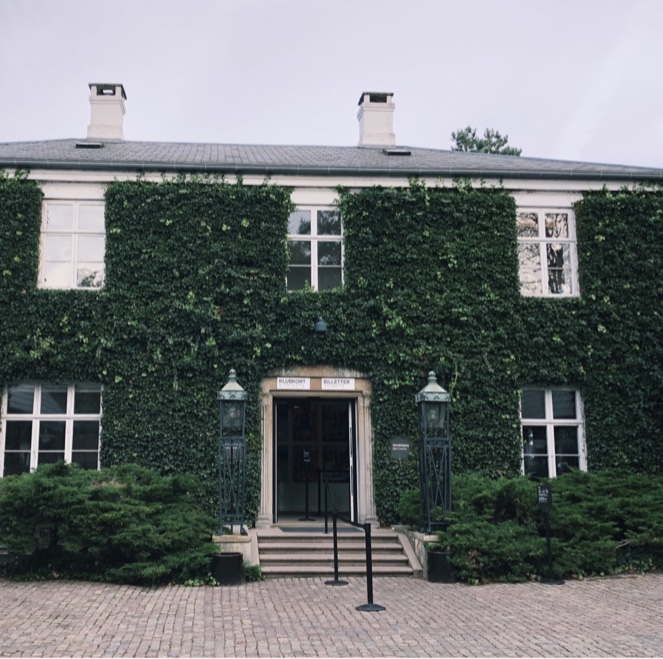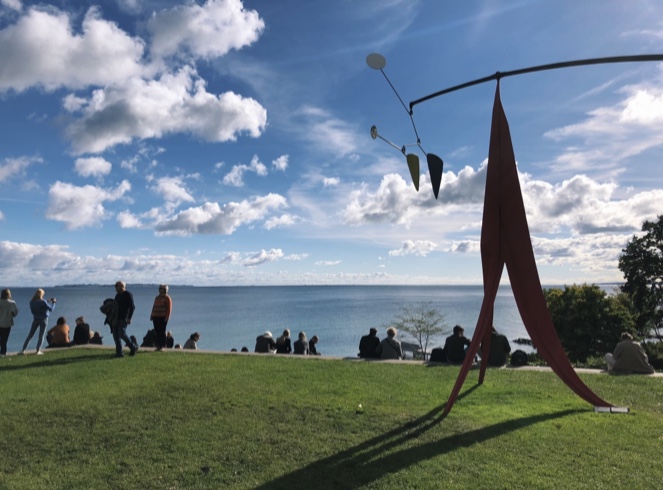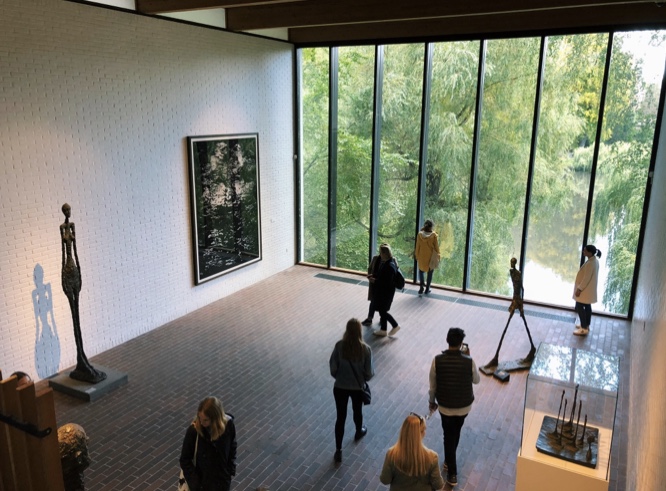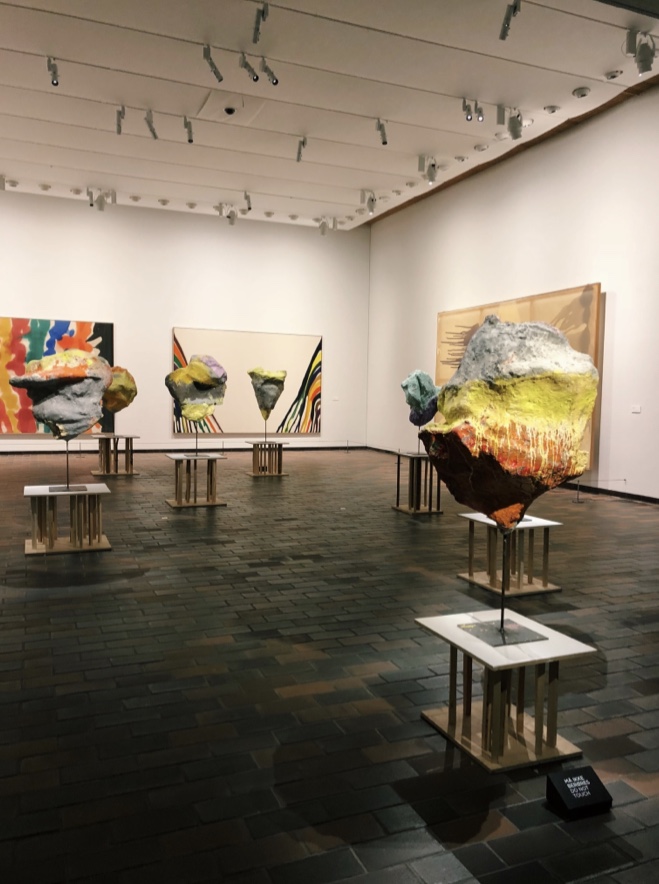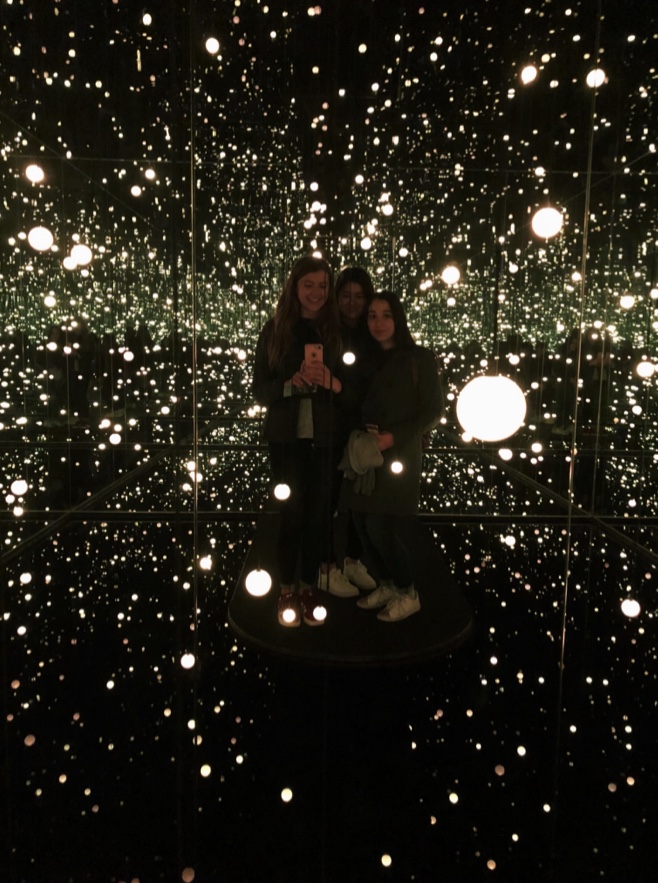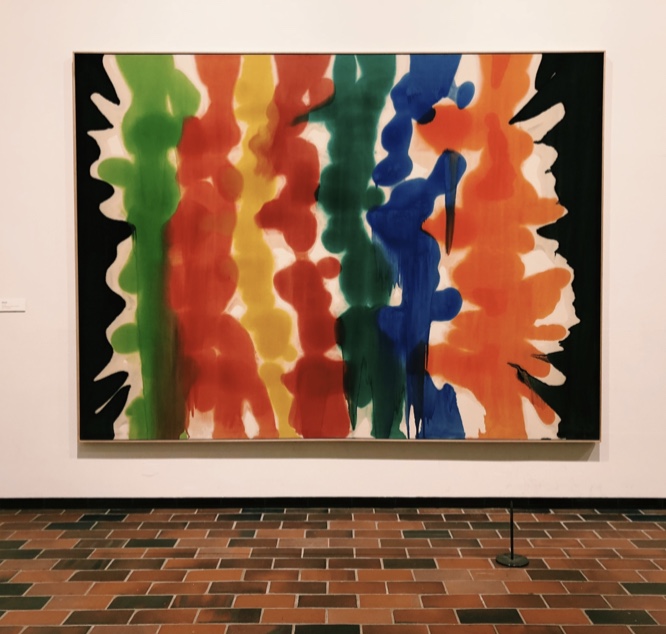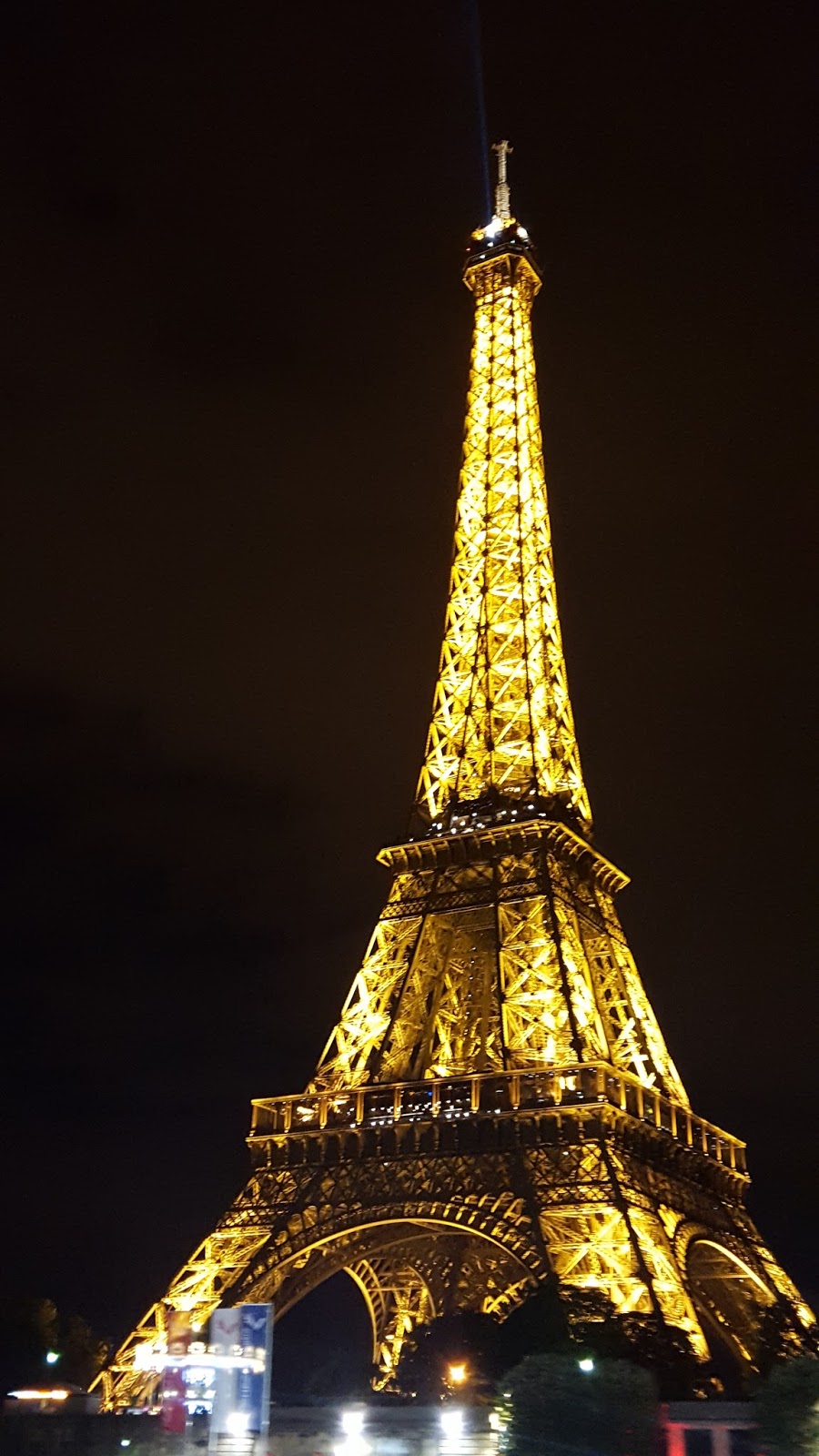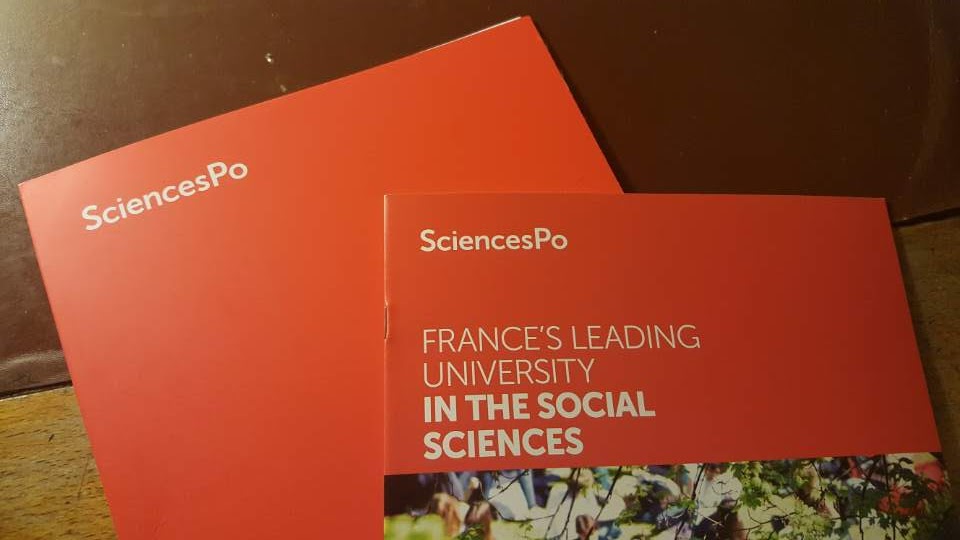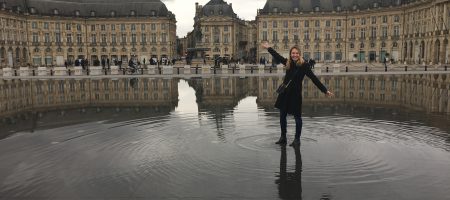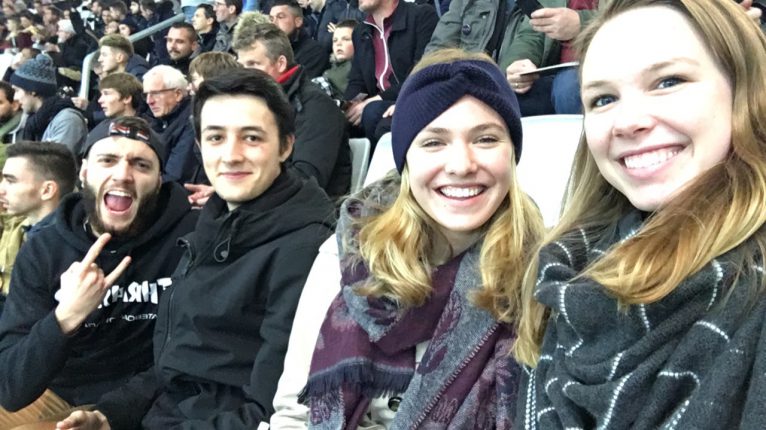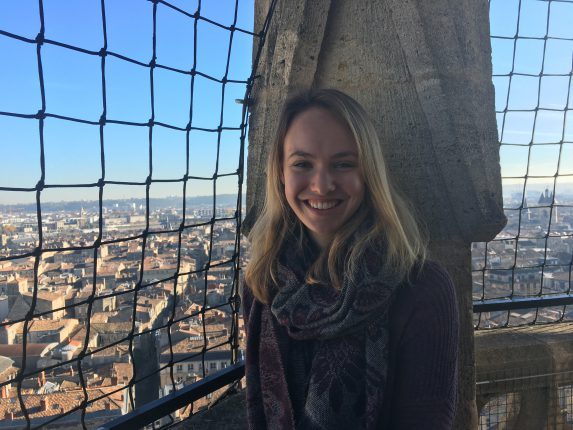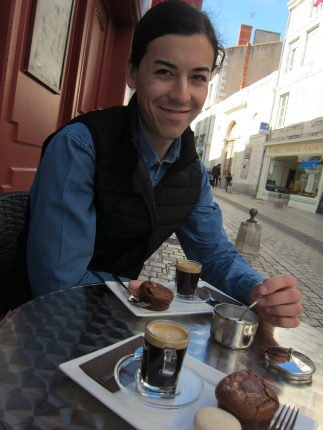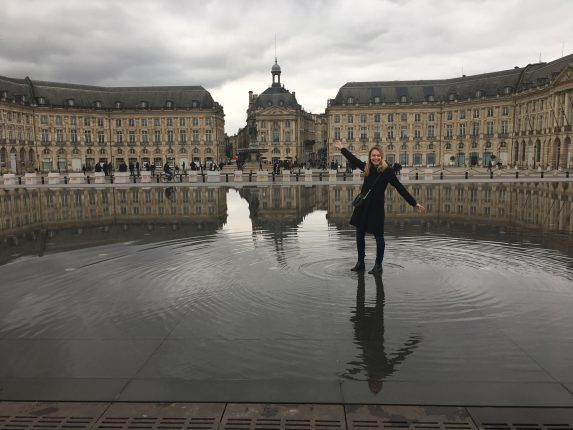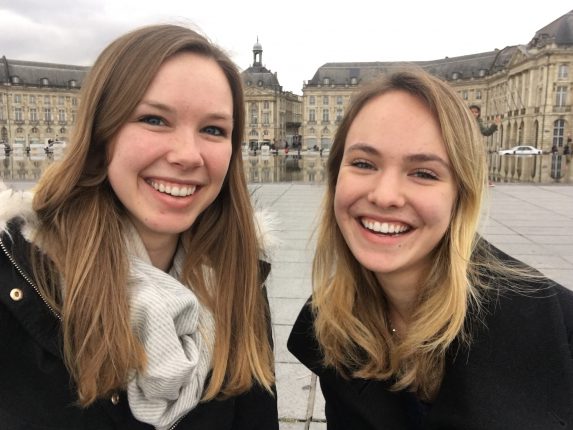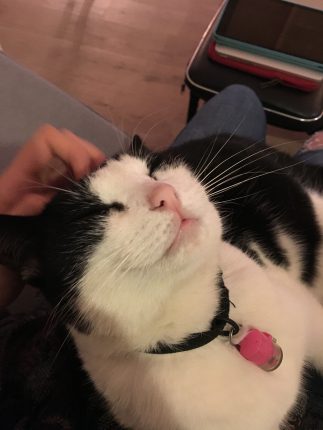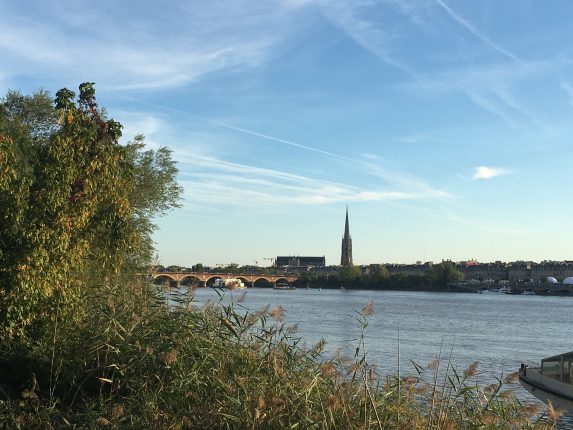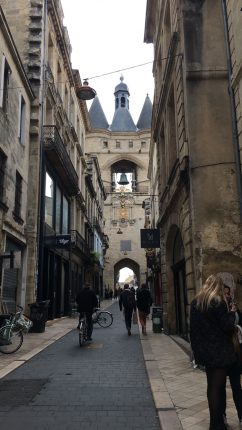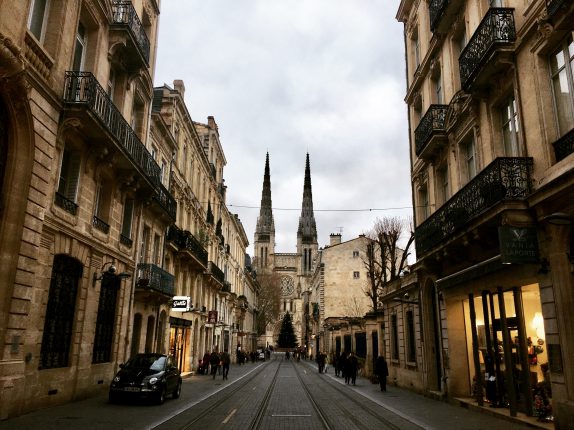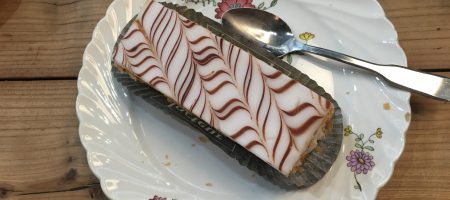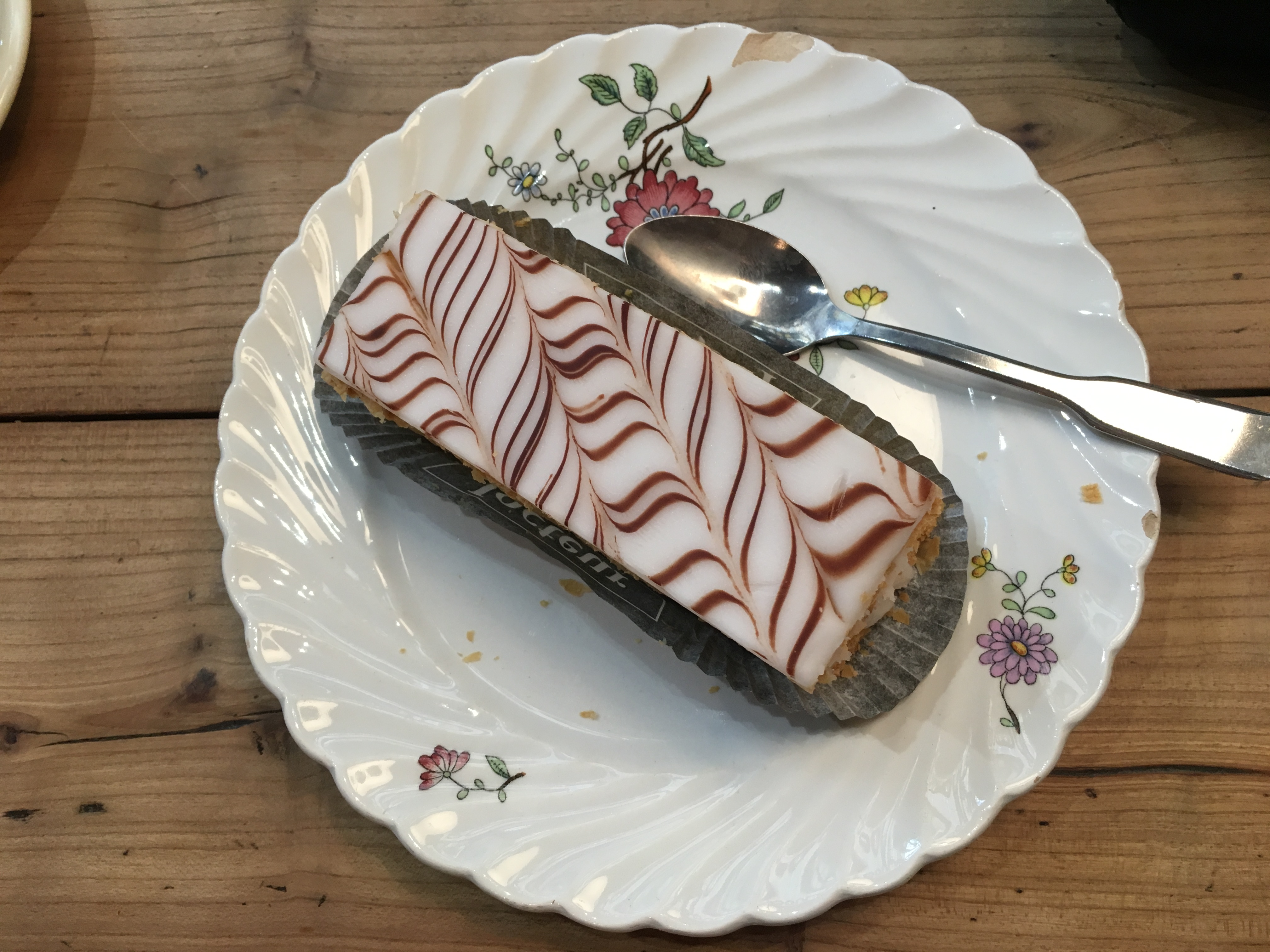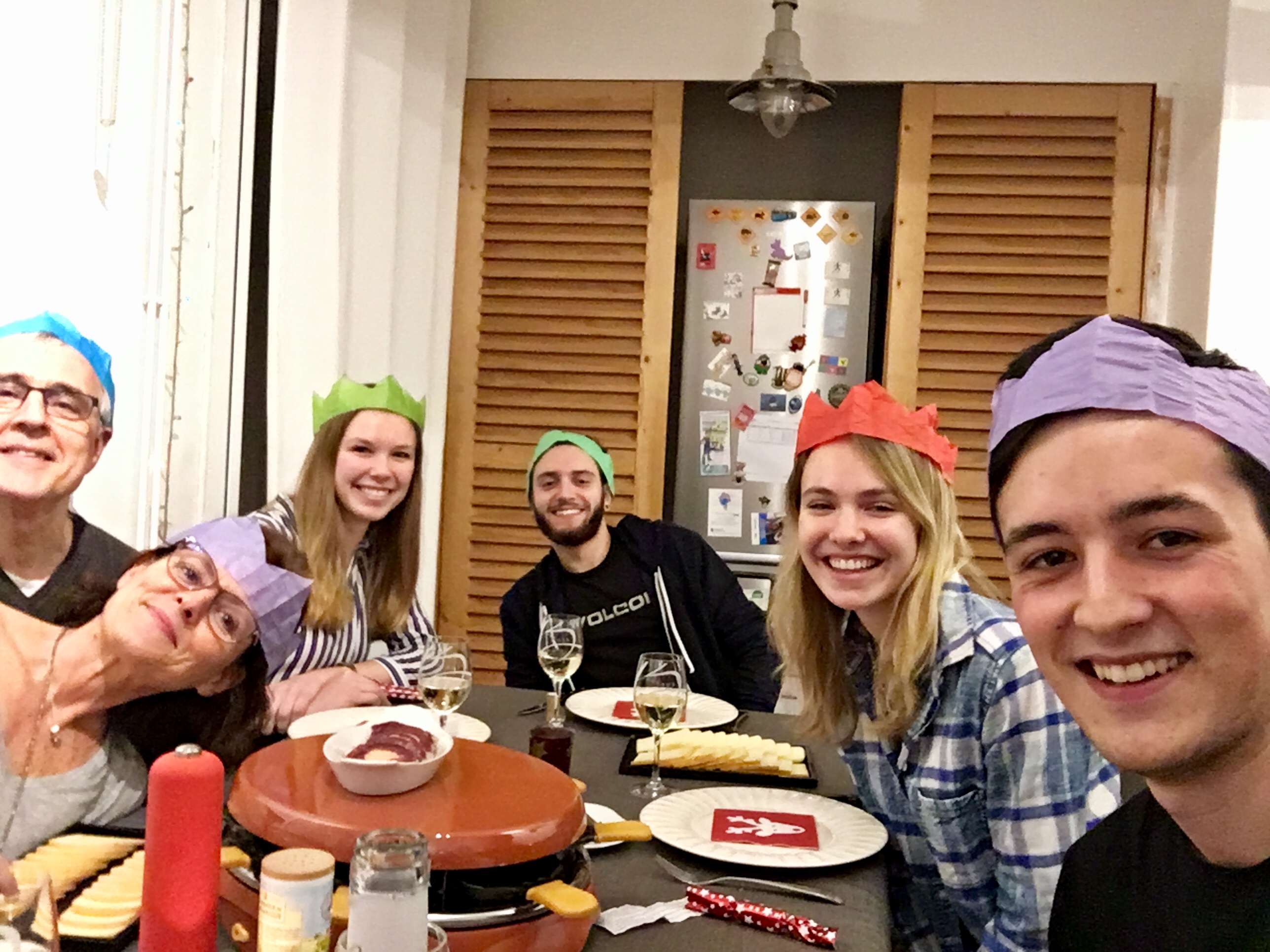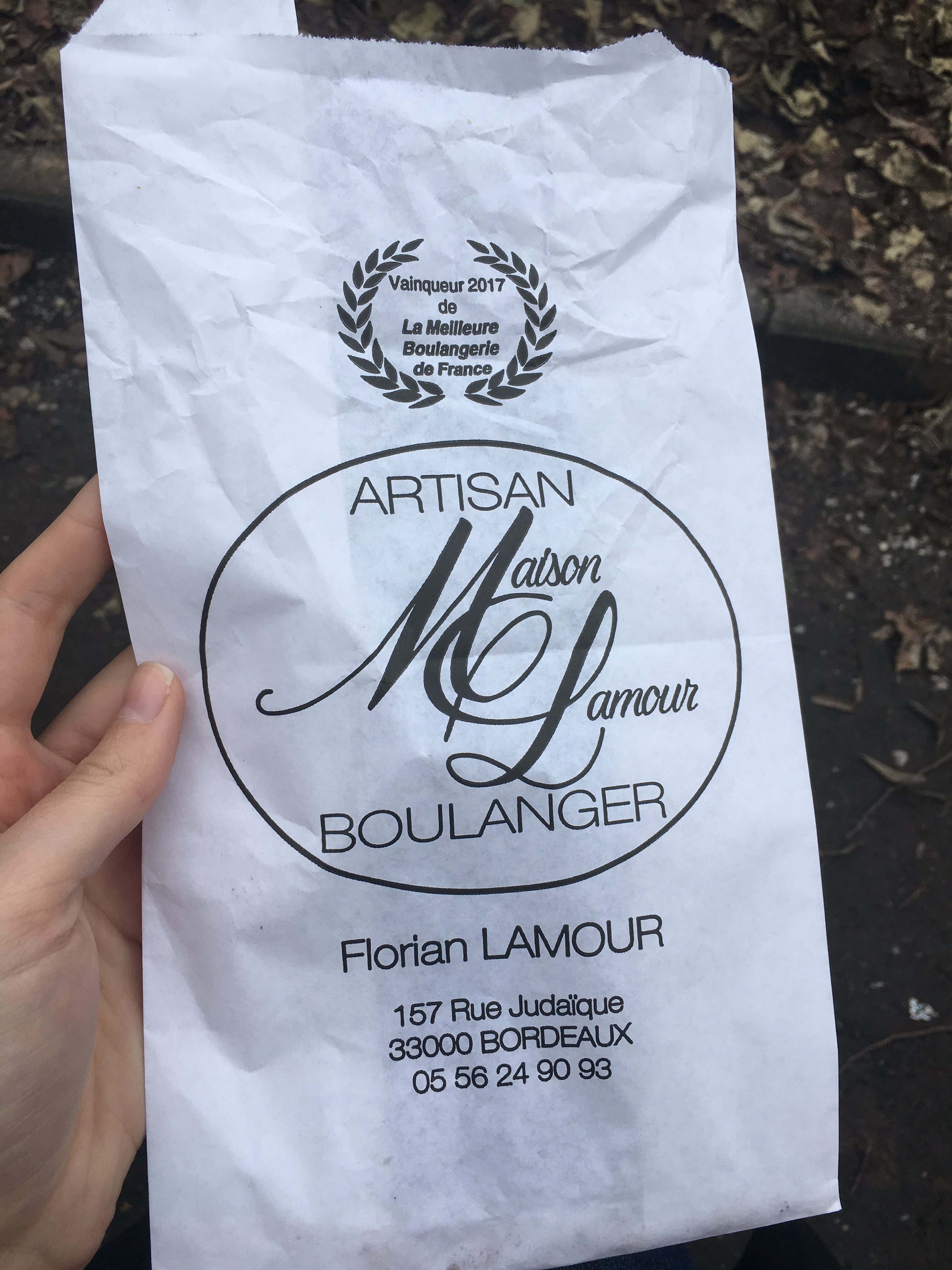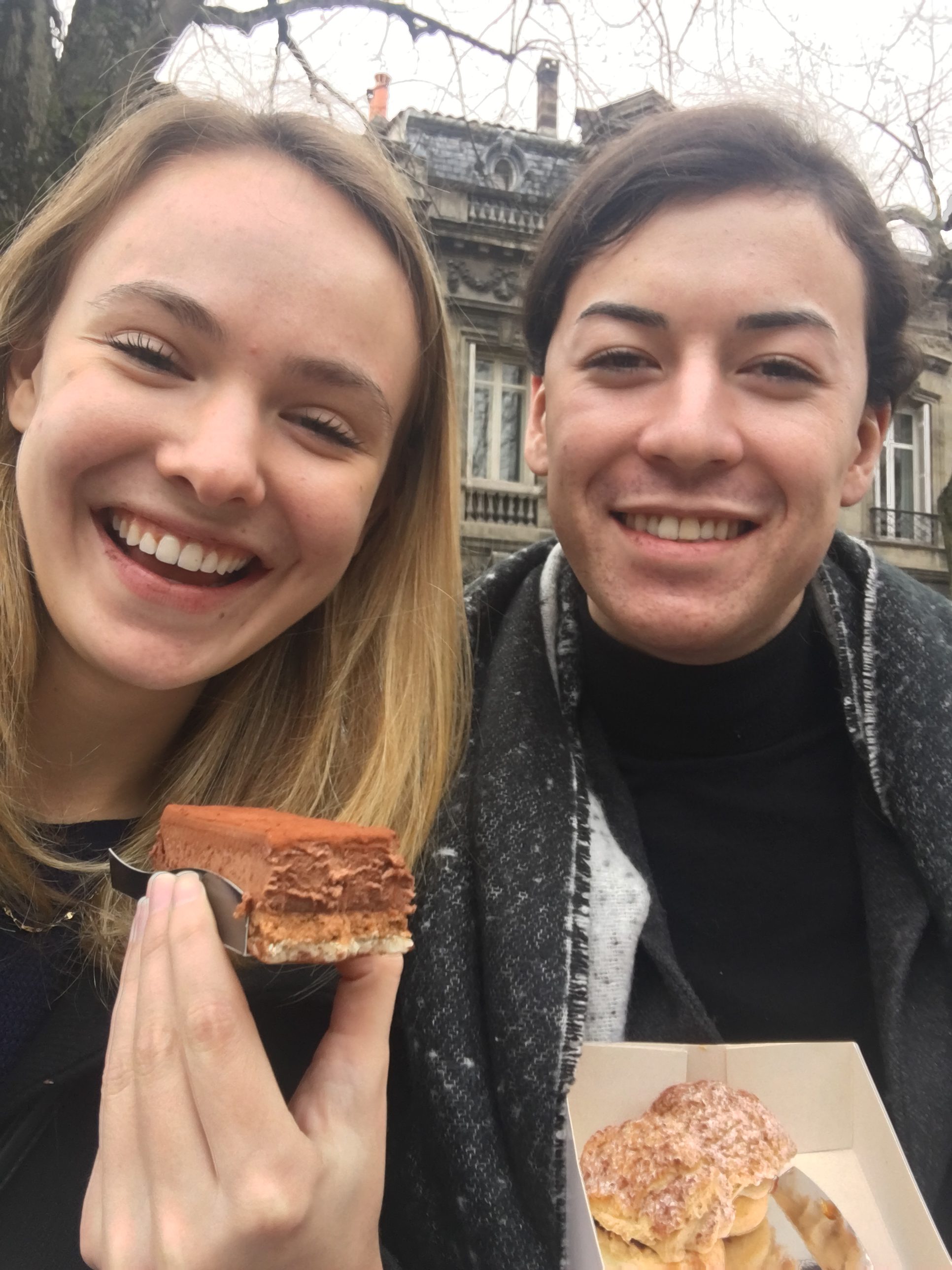Denmark | Christmas Markets
By Chloe Zgorzelski
If you have ever wanted to experience what it feels like to walk around in a snow globe, then you must visit Copenhagen during the Christmas season. Copenhagen is a genuine Christmas city. The festive decorations that adorn every windowsill and the twinkly lights that illuminate the city streets make it nearly impossible not to get into the holiday spirit. I love Christmas time in Copenhagen. It’s like stepping into a Hallmark movie, where hot cocoa sipping, crackling fire, and “hygge” rules all. While Gløgg and Æbleskiver, sporadic snowfalls, sunsets before 3:30 PM, and the time spent with friends and family are some of my favorite memories from this yuletide season, it’s the many Christmas Markets, Lucia i Kajak Event, and Christmas at Tivoli that made my December in Denmark one I’ll always remember.
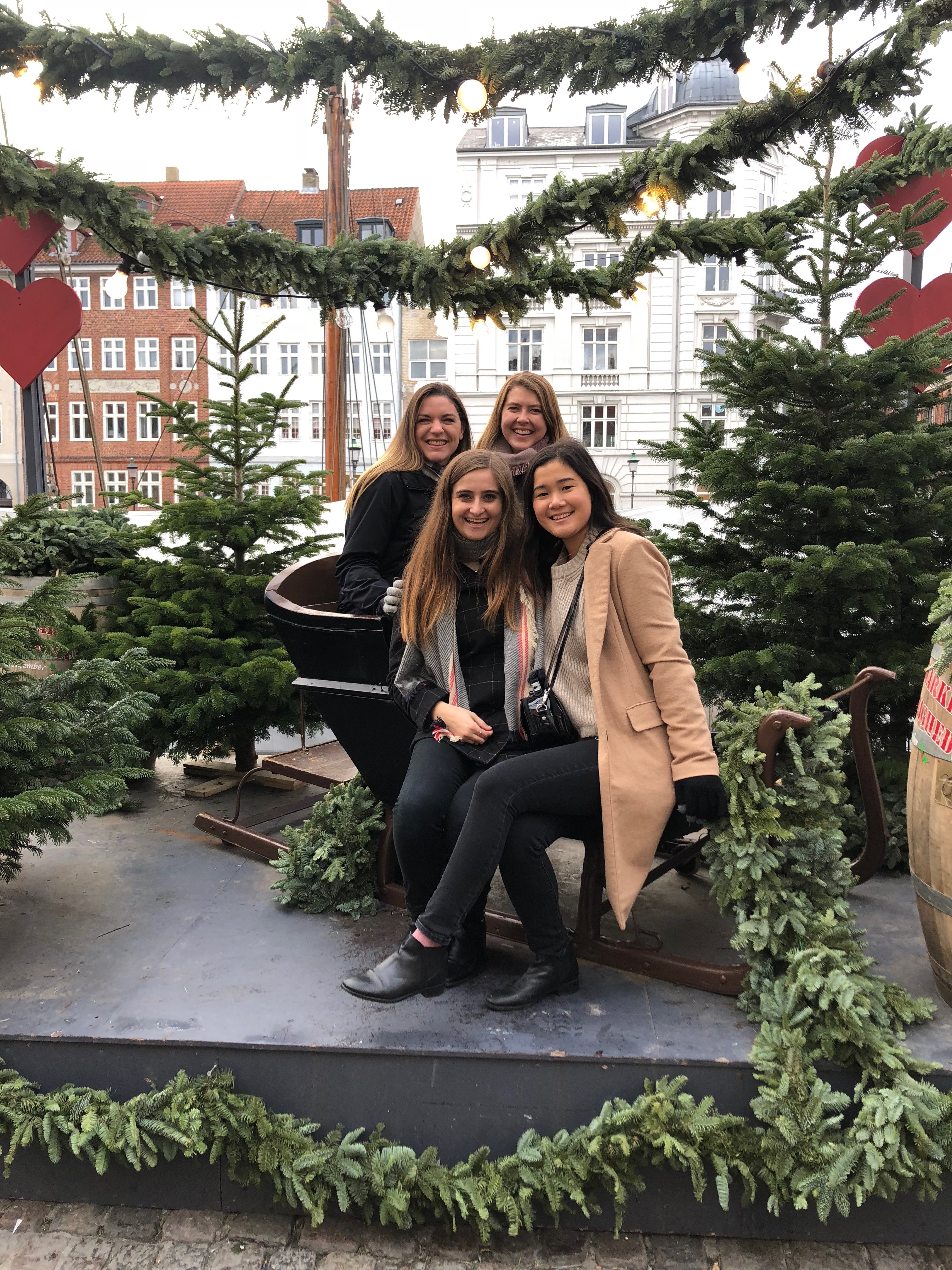
Christmas Markets
The best place to soak up the festive atmosphere is at one of Copenhagen’s Christmas markets. Starting in mid-November, cozy holiday marketplaces begin to pop up throughout the city. My favorite markets, like the Christmas market at Nyhavn harbor, the Visit Carlsberg Christmas Market, and the Christmas Market at Højbro Plads, exude old school Christmas charm. Each boasts a plethora of wooden market stalls decorated for the holiday season, offering a variety of traditional Scandinavian Christmas delicacies and distinctly Danish gifts. If you are looking for a more unconventional holiday fair, the Freetown Christiania Christmas Market features many unique, handcrafted items and is definitely worth a visit! During the first weekend of December, I also had the opportunity to visit the Hans Christian Andersen Christmas Market in the city of Odense, Denmark. Odense, the third largest city in Denmark, is the hometown of fairytale poet Hans Christian Andersen. Every year, the city constructs an old-fashioned Christmas market complete with traditional decorations, a farmer’s market, and lots of local entertainment inspired by the infamous author.
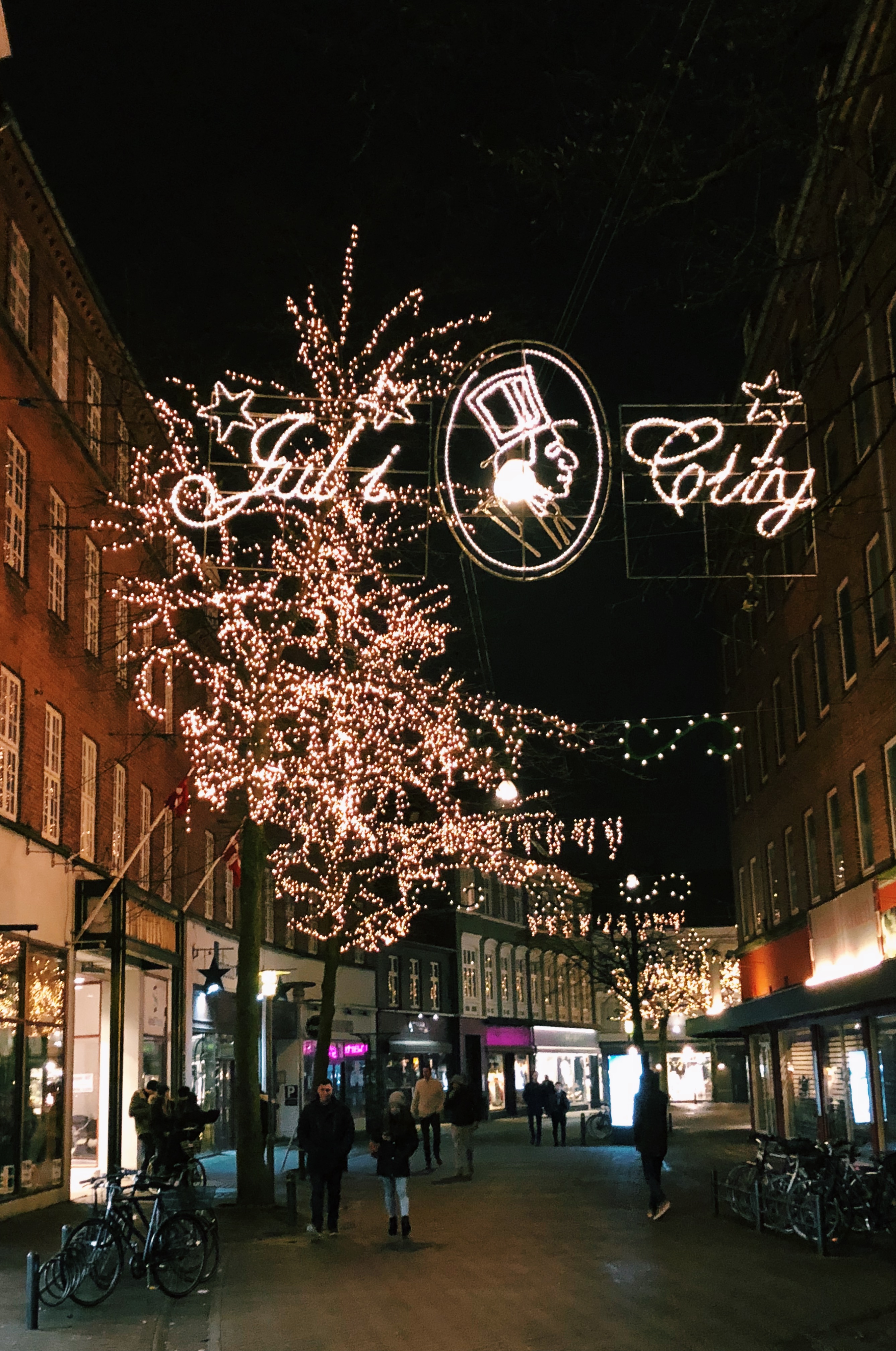
Lucia i Kajak
One of the most unique ways the Danes celebrate the holiday season is with their annual Santa Lucia Kayak Parade. Saint Lucy’s Day is a commonly celebrated holiday throughout Scandinavia. It’s all about commemorating and finding a way to bring light to their long, dark winters. While there are many events in Copenhagen that celebrate Saint Lucy, the Lucia i Kajak event is one of the most special. Every year, hundreds of people decorate kayaks and paddleboards with garland, fairy lights, Christmas trees, candles, elves, and reindeer, and travel throughout the canals of Copenhagen singing Christmas carols and spreading holiday cheer. I was able to follow the entire parade from the pier and it was truly one of the most beautiful and spectacular sights I had ever seen.

Christmas at Tivoli
Christmas at Tivoli is absolutely magical. The historic gardens boast their own Christmas Market full of decorated wooden houses, snow-covered trees, festive ornaments, and glittering Christmas lights. Visitors can watch candy makers create old-fashioned lollipops and decorate honningkagehjerter cookies among the Christmas elves or “nissen”. To everyone’s delight there is a large Christmas tree in the center of the park with miniature trains that run around it and through present boxes inspired by the architecture of some of Copenhagen’s most recognizable buildings. There is also a brand-new projection light show on the façade of the iconic Tivoli Concert Hall as well as a Nutcracker themed version of the Tivoli Illuminations water show. I visited the gardens multiple times throughout the holiday season, and I even spent Christmas day in the park with my family! We had a great time riding the rides, looking at all of the different products being sold at the market stalls, and watching the special Christmas fireworks spectacular. The absolute best part about spending Christmas in Copenhagen? Getting to see snow for the first time ever!!
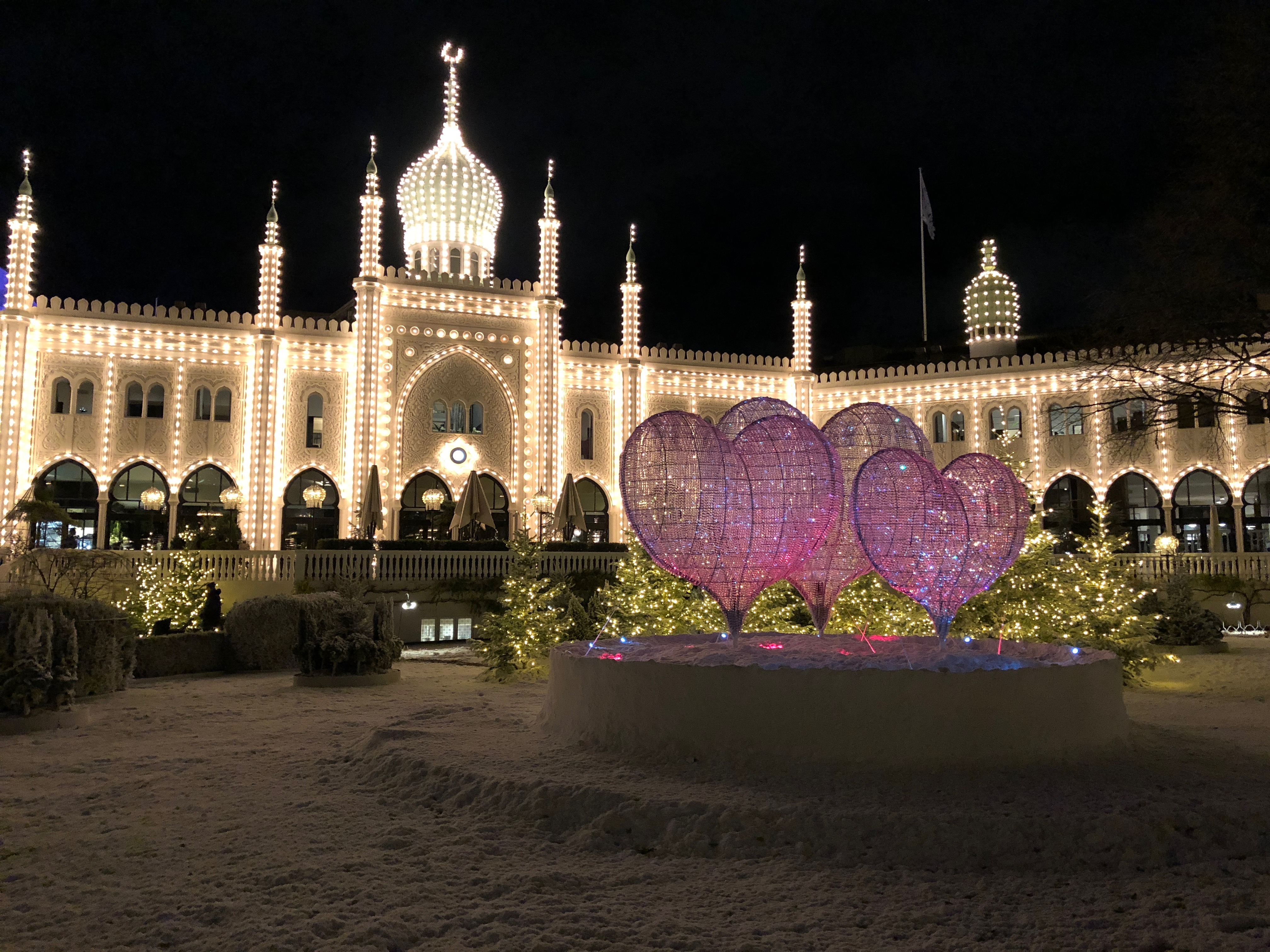
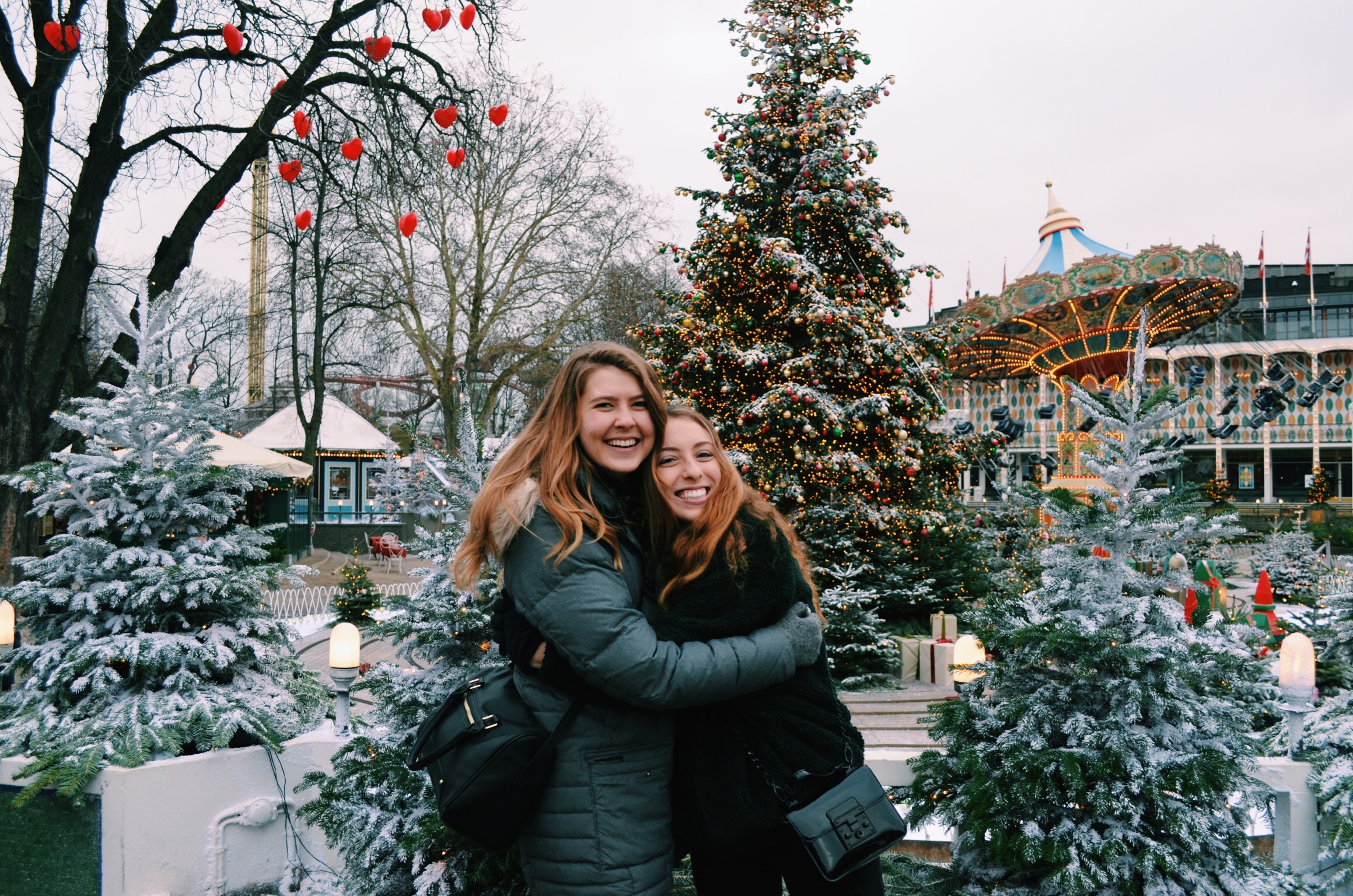
vi ses næste indlæg… xo Chloe
Chloe Zgorzelski studied in Copenhagen, Denmark in 2018: http://eap.ucop.edu/OurPrograms/denmarkk/Pages/univ_of_copenhagen.aspx



